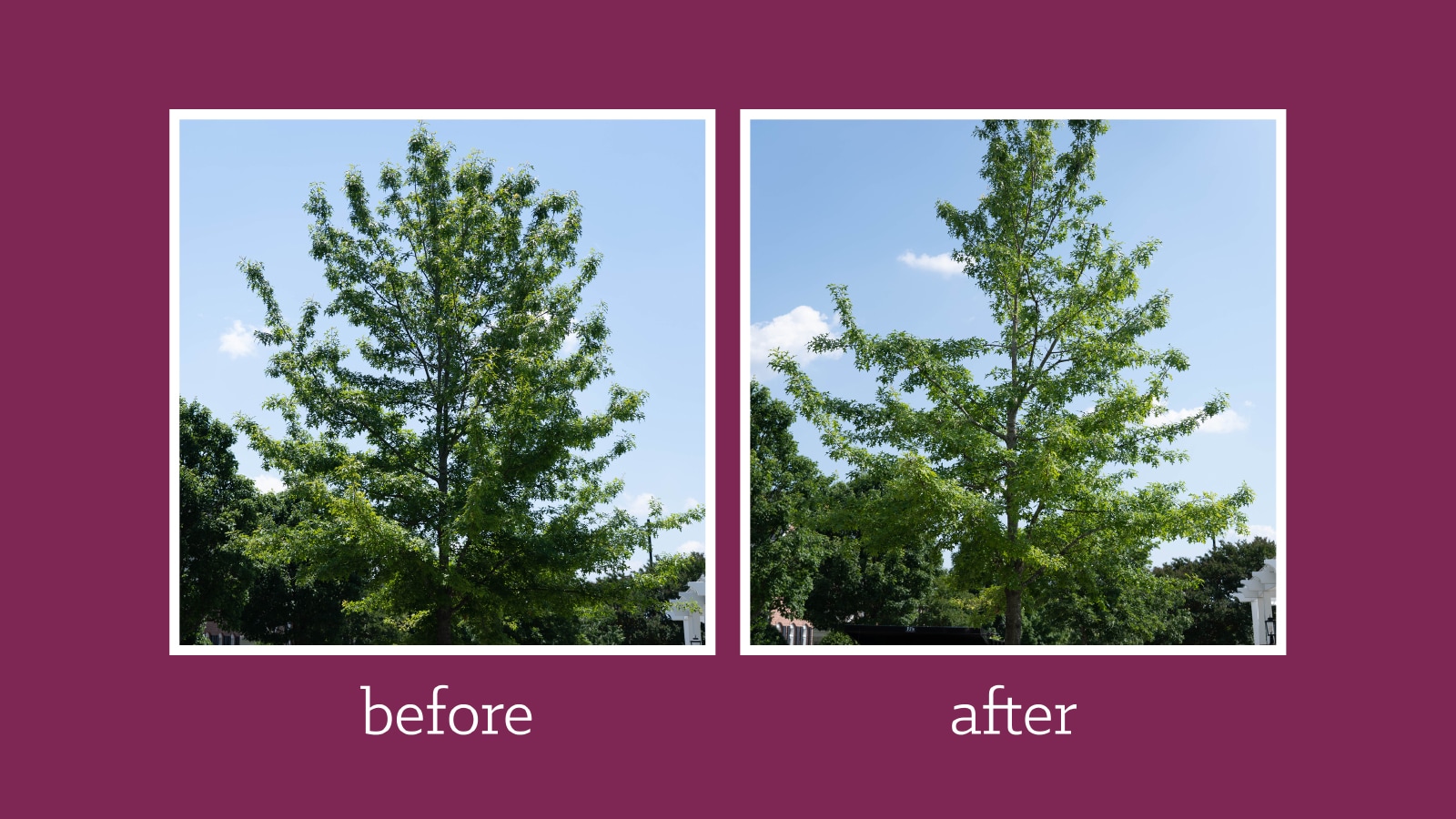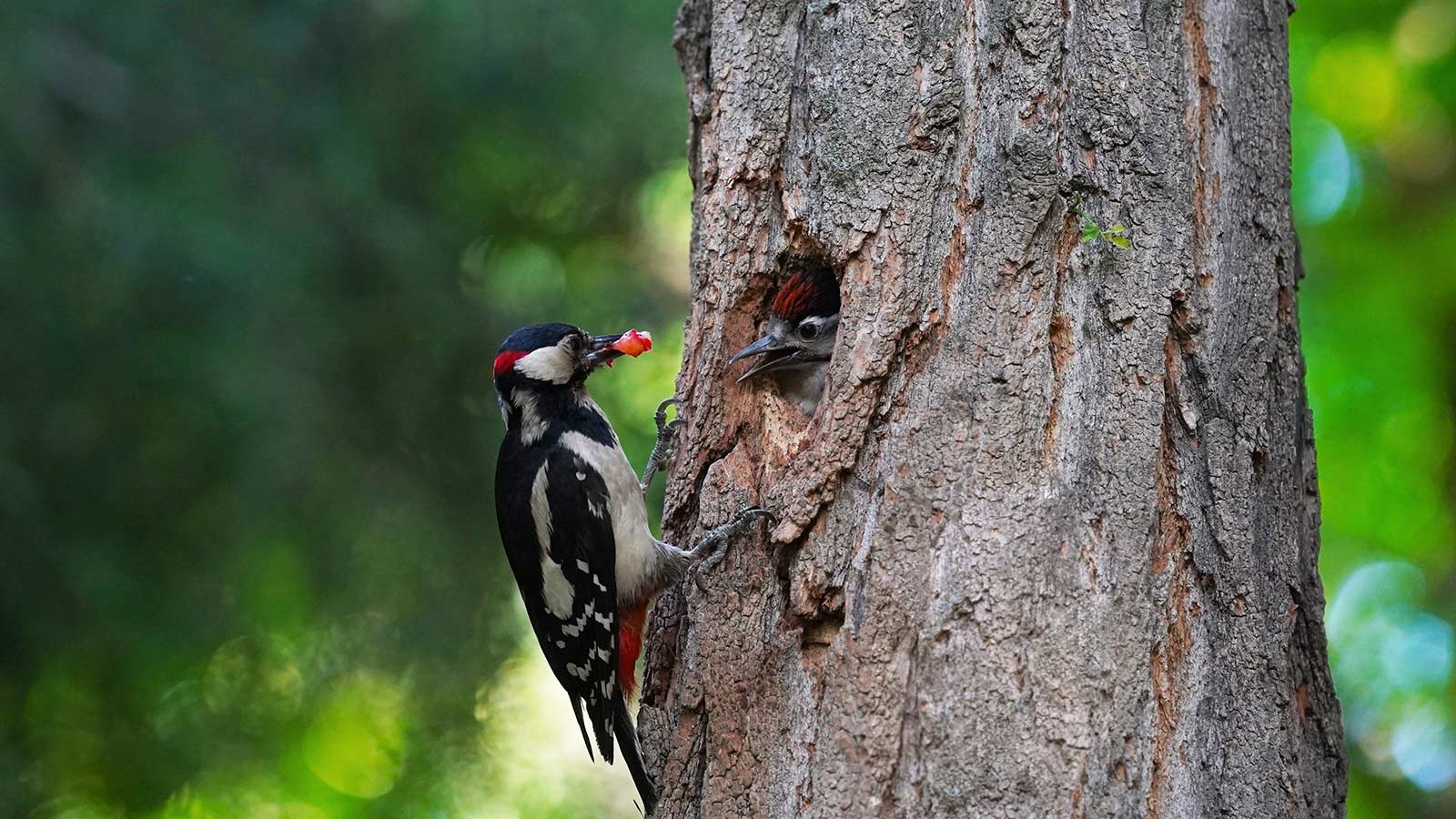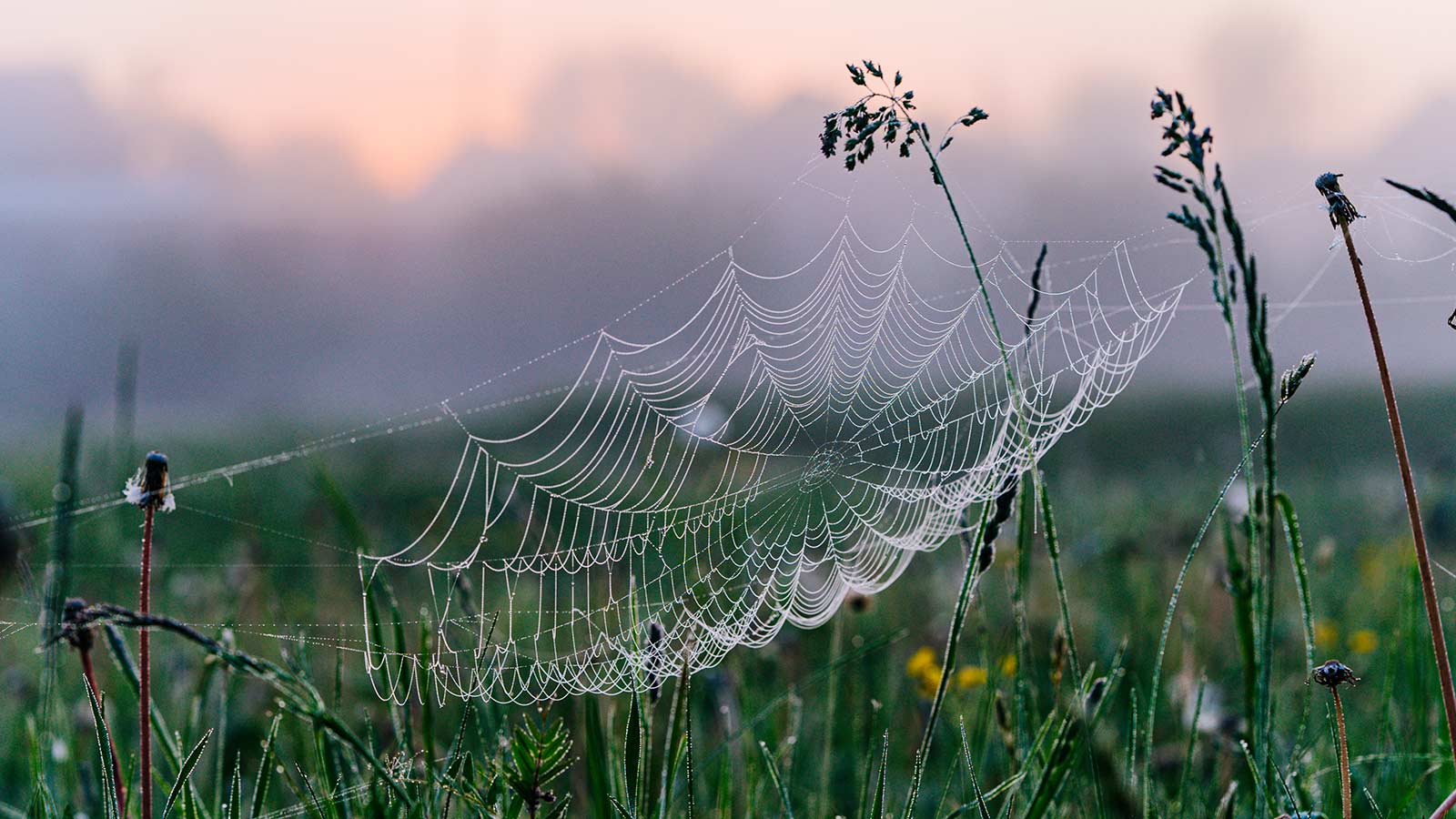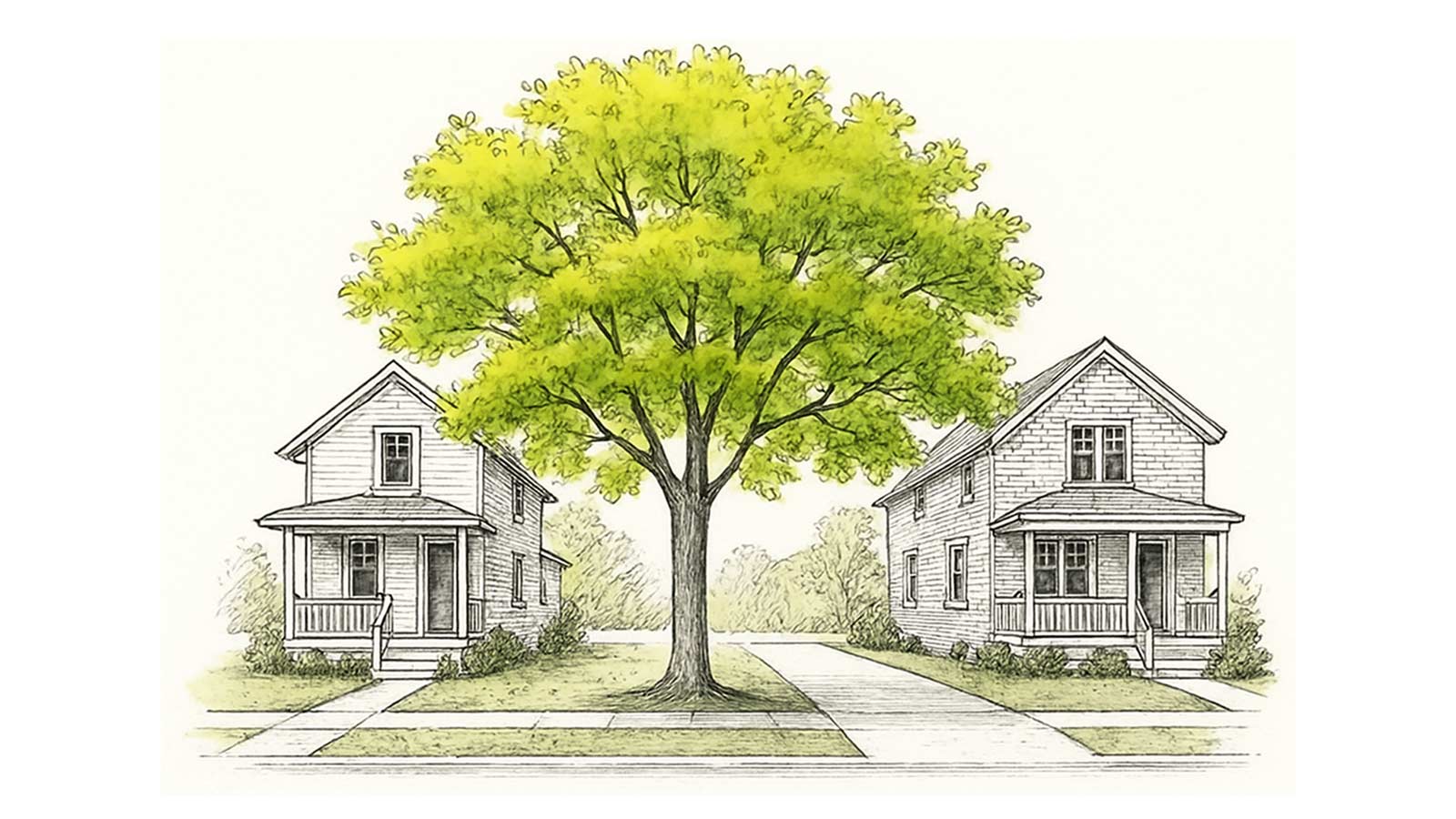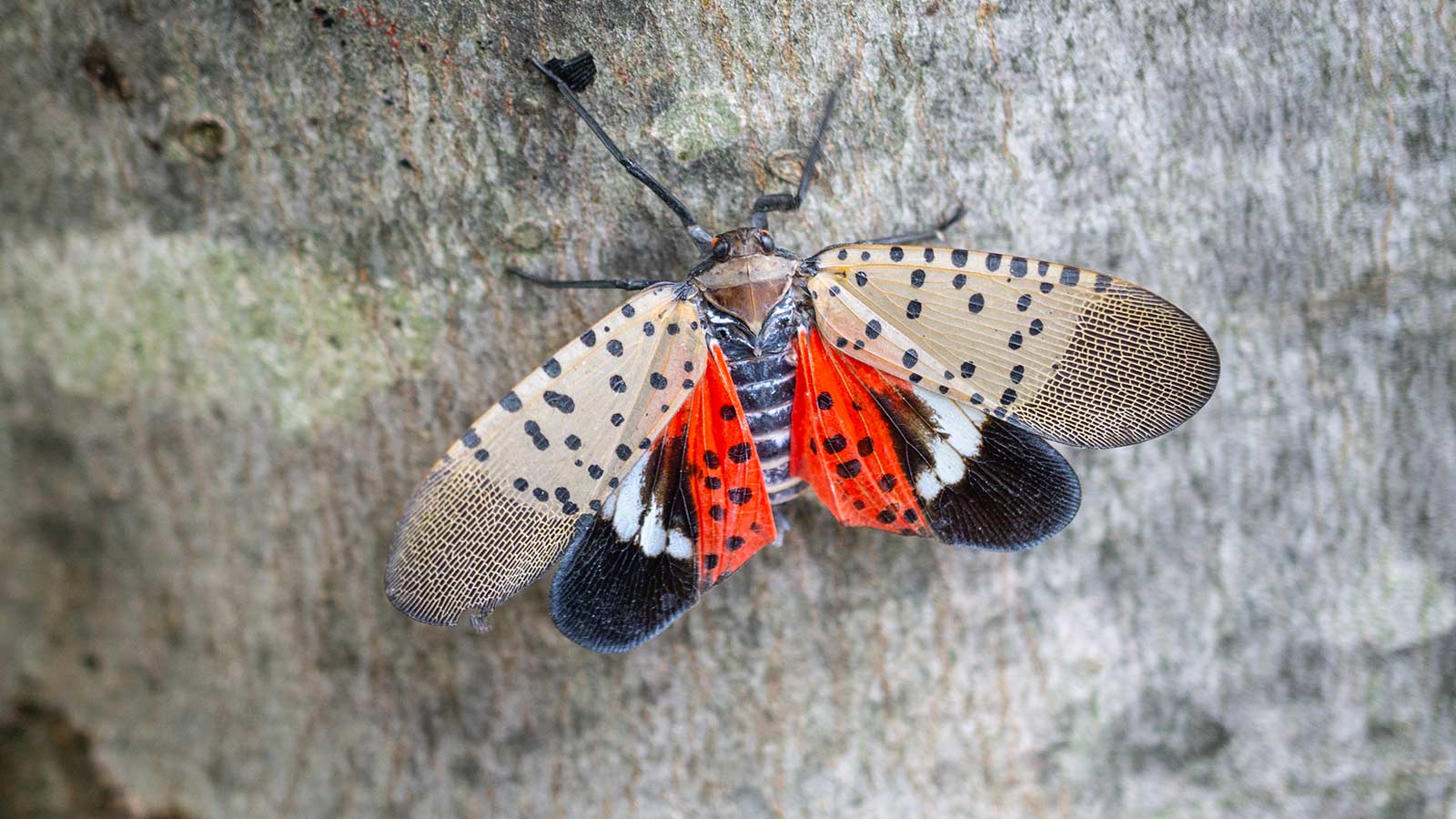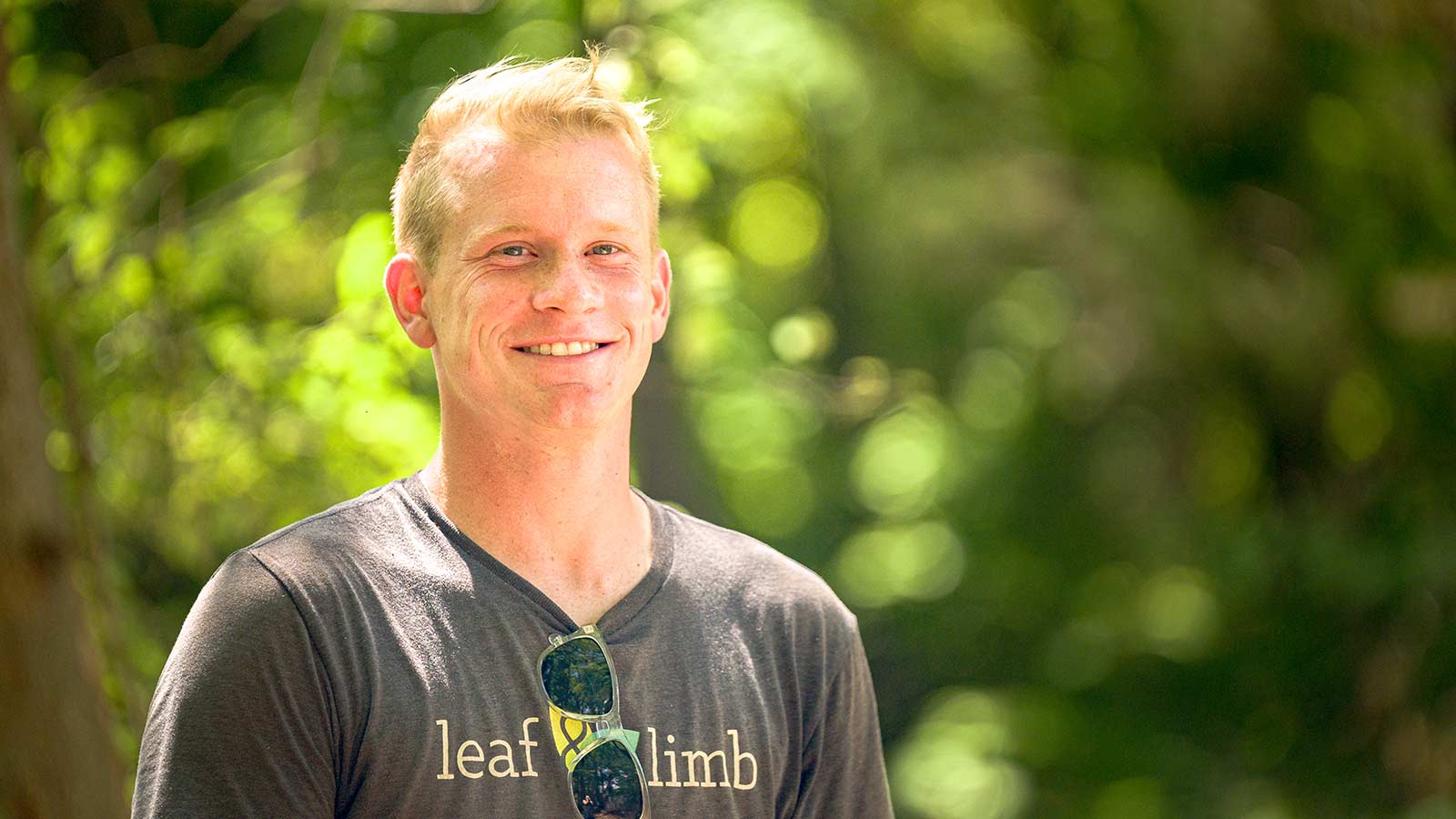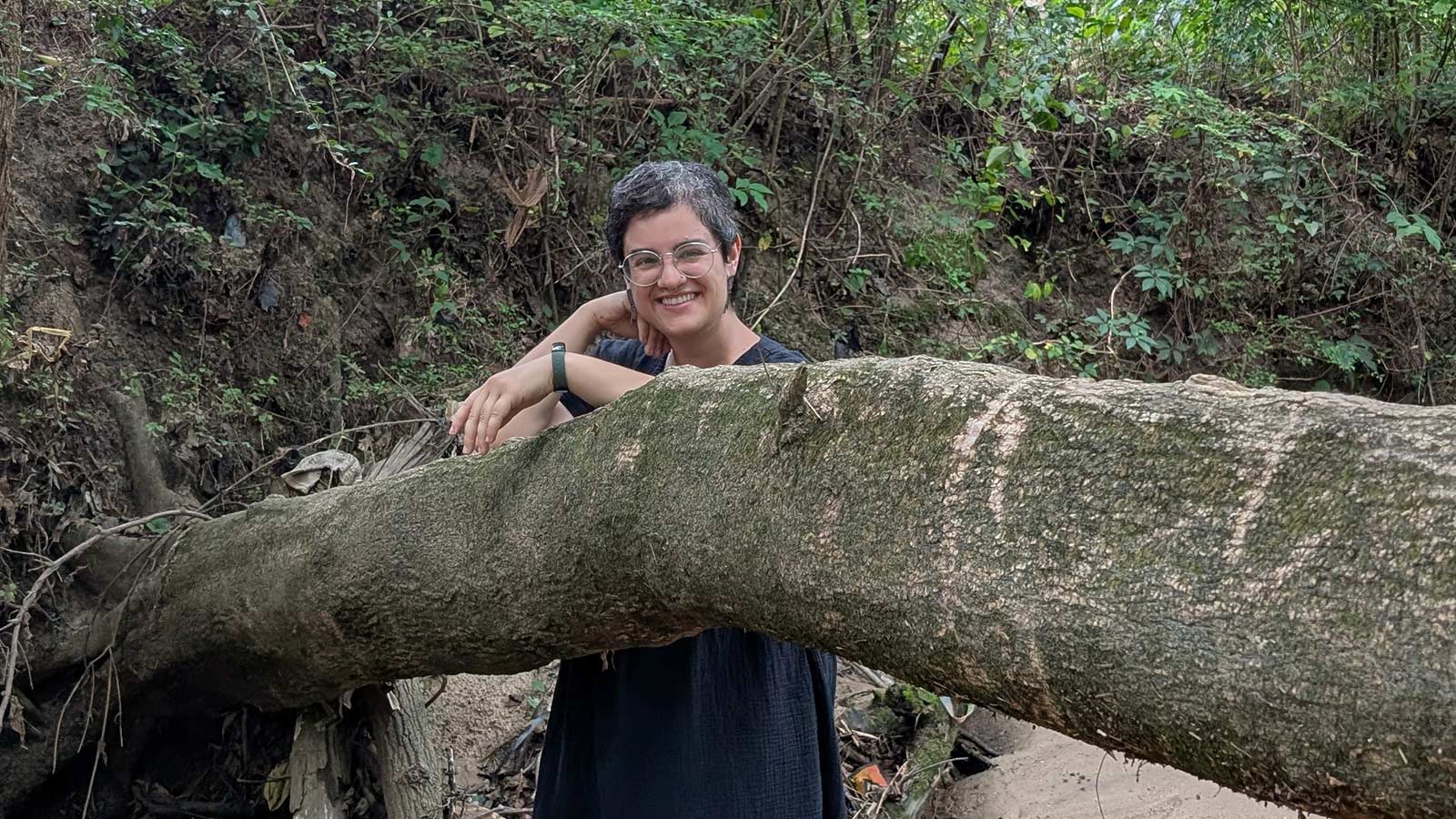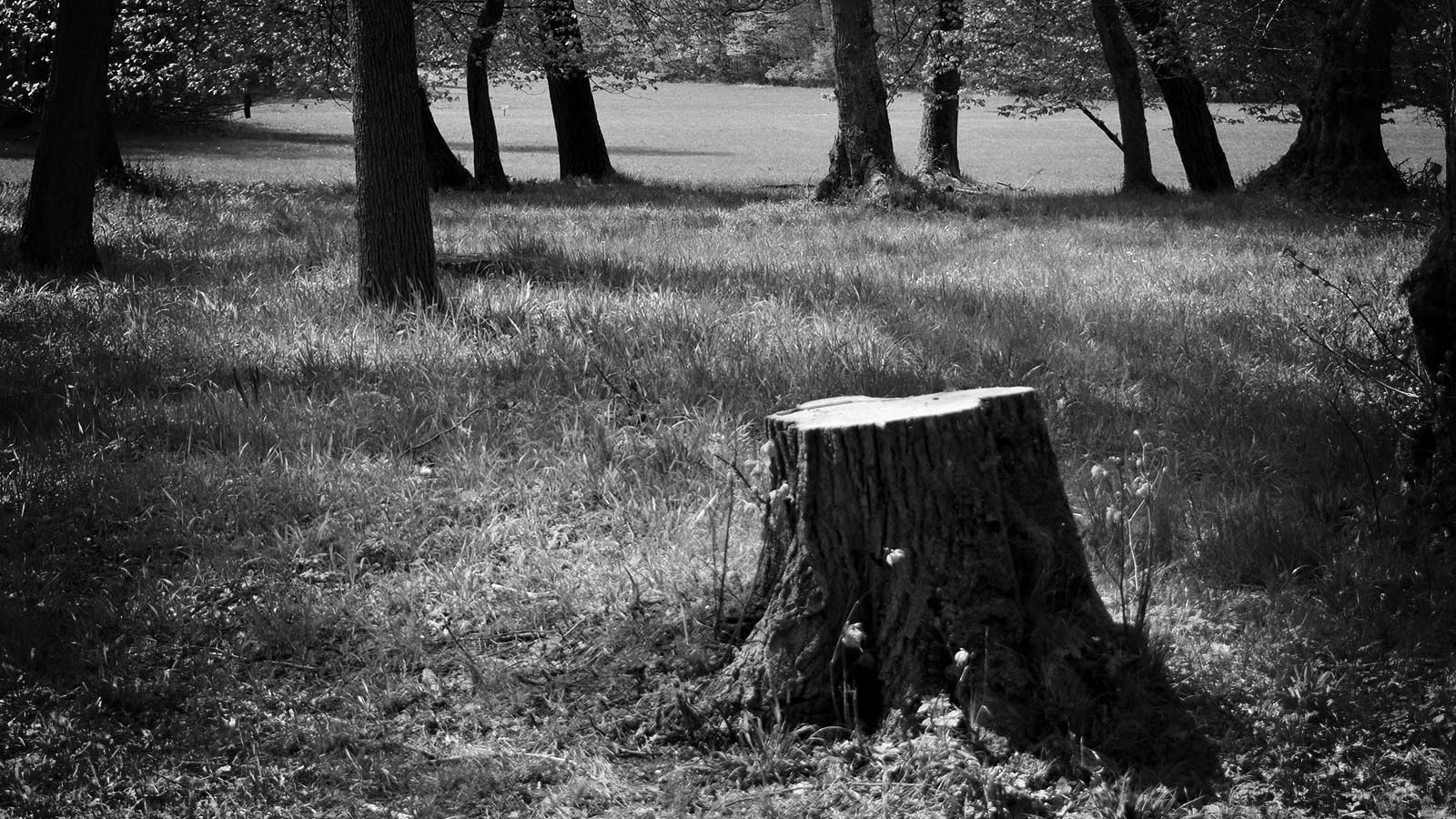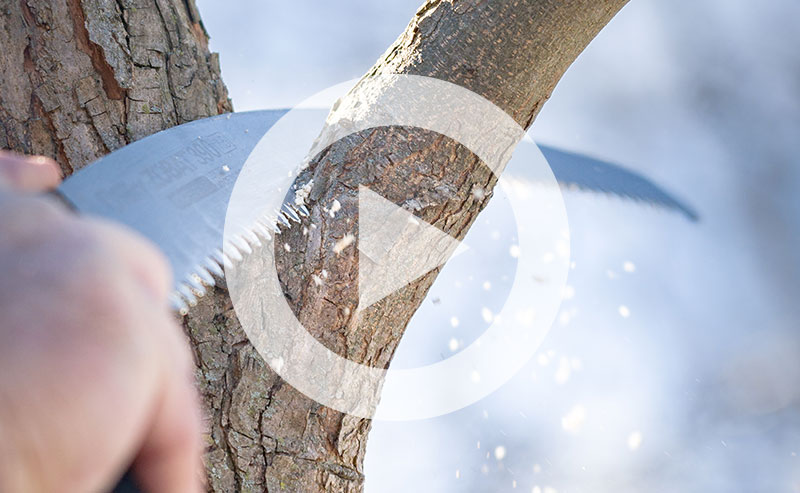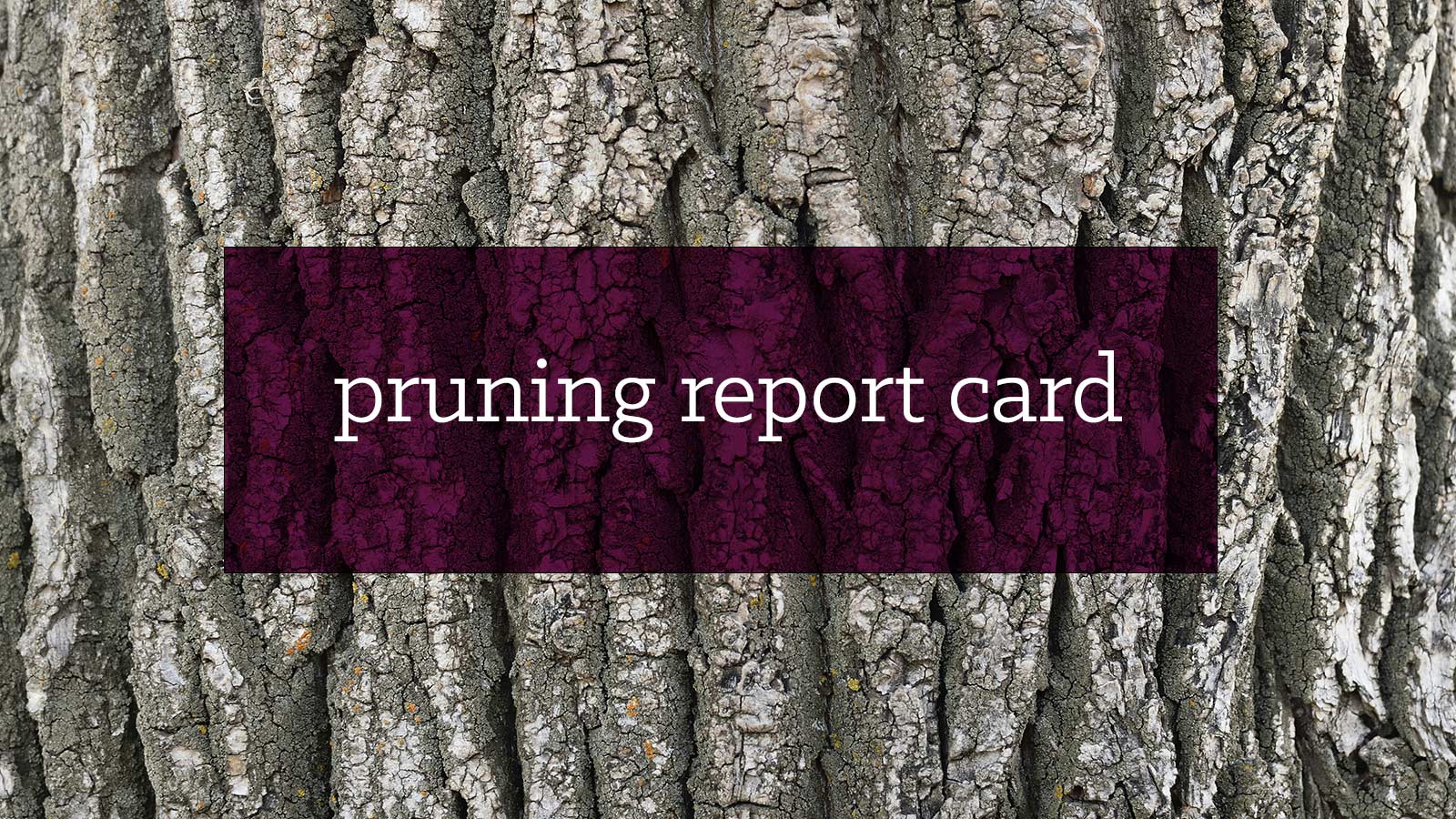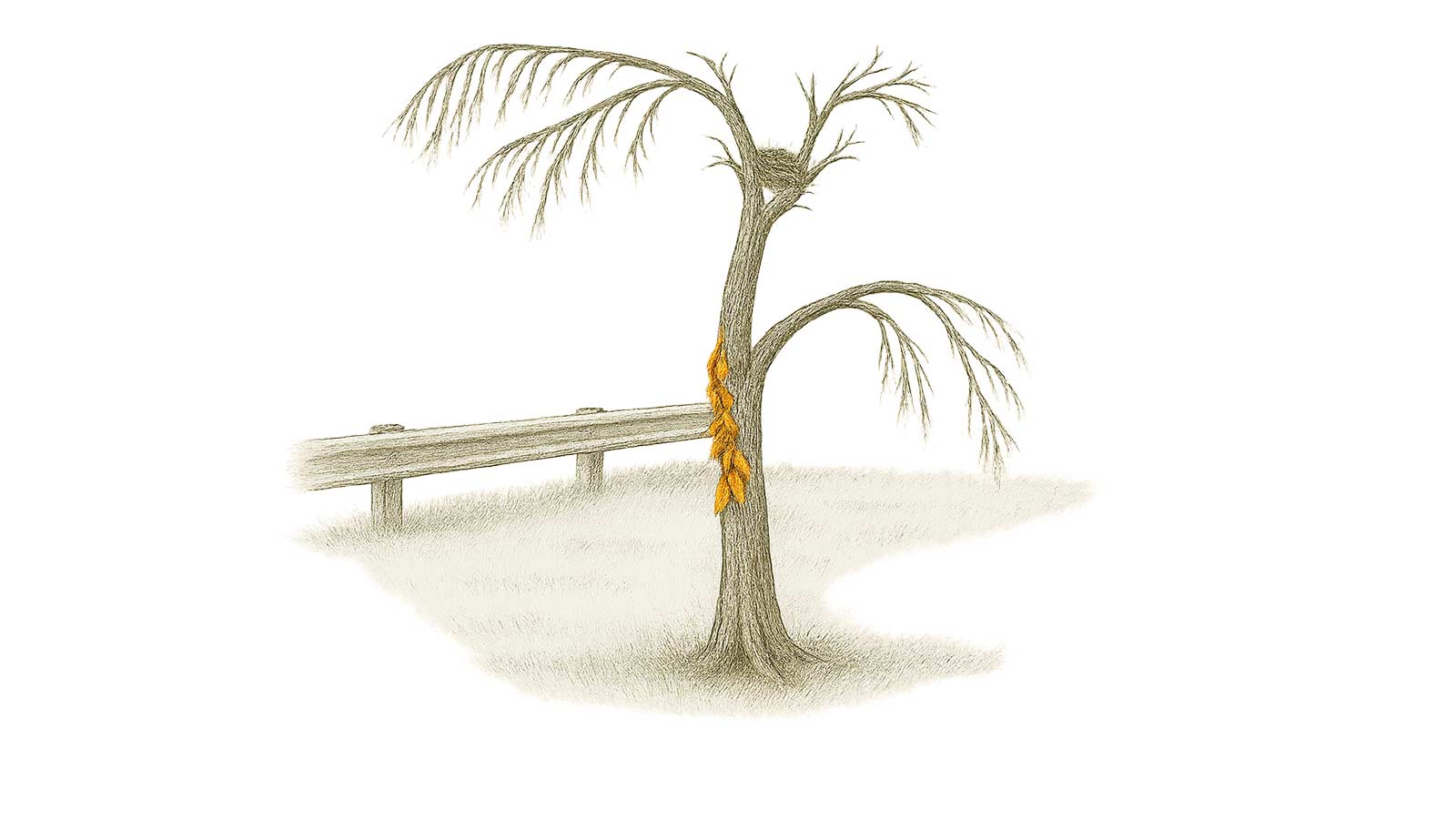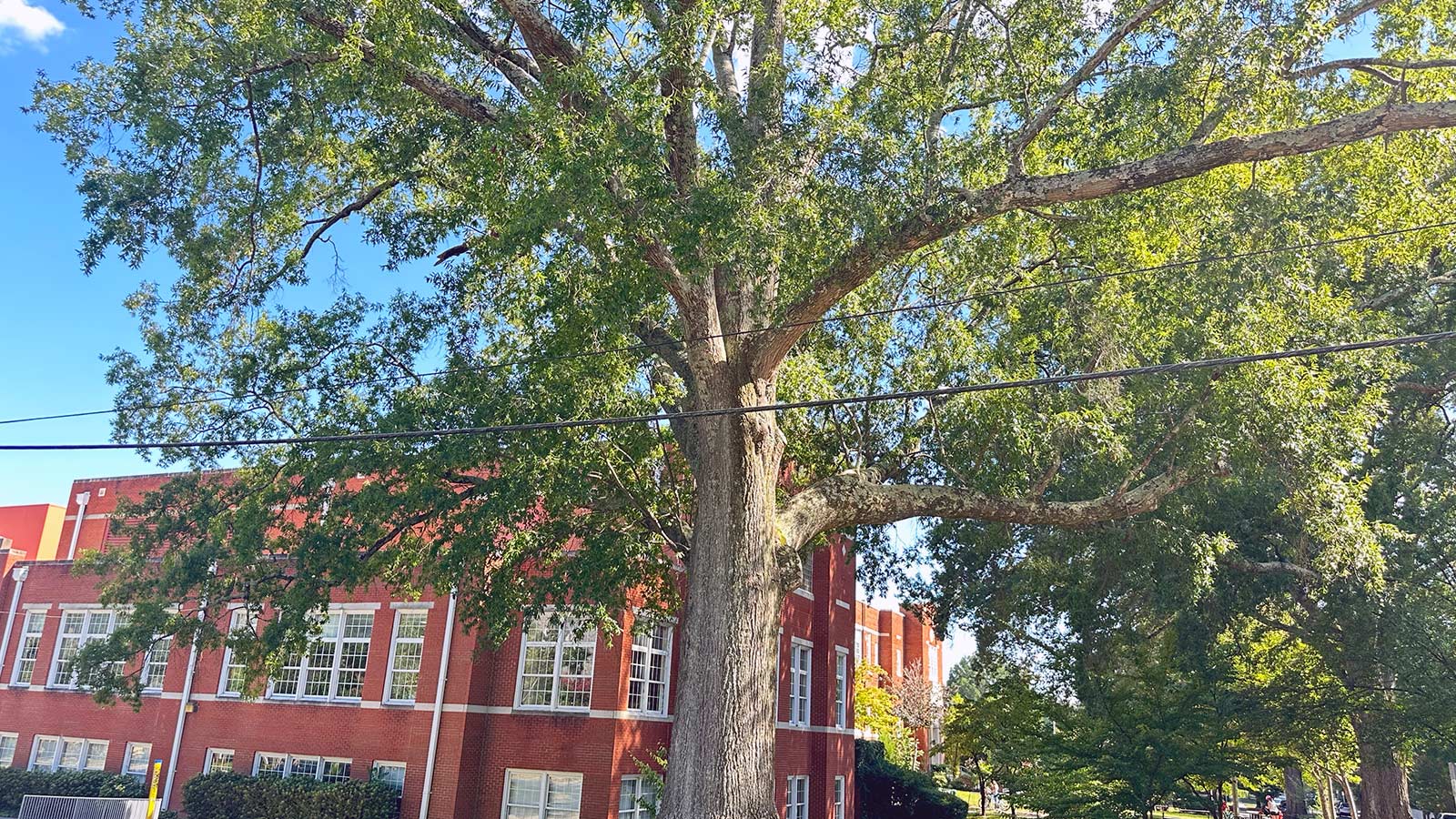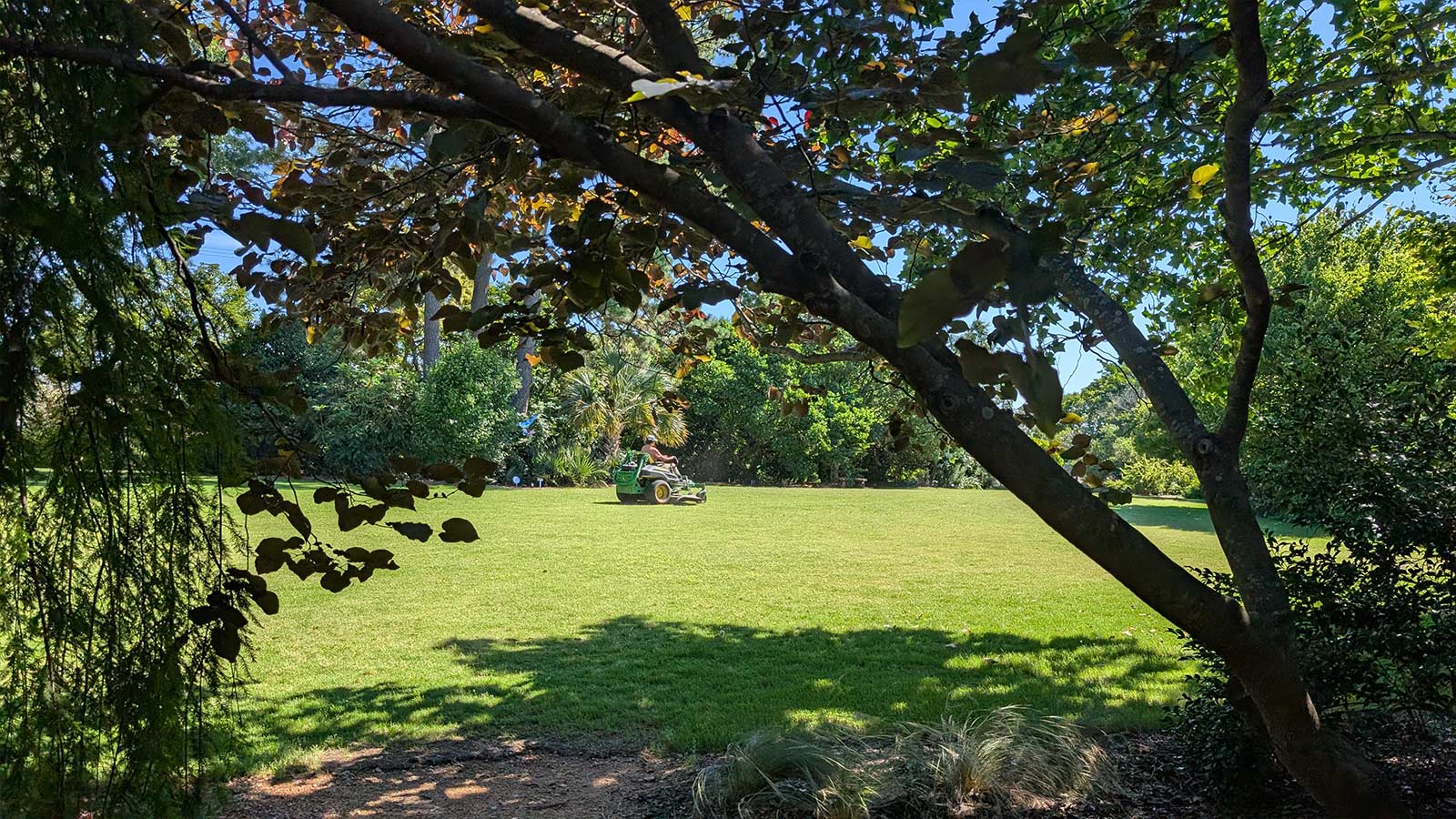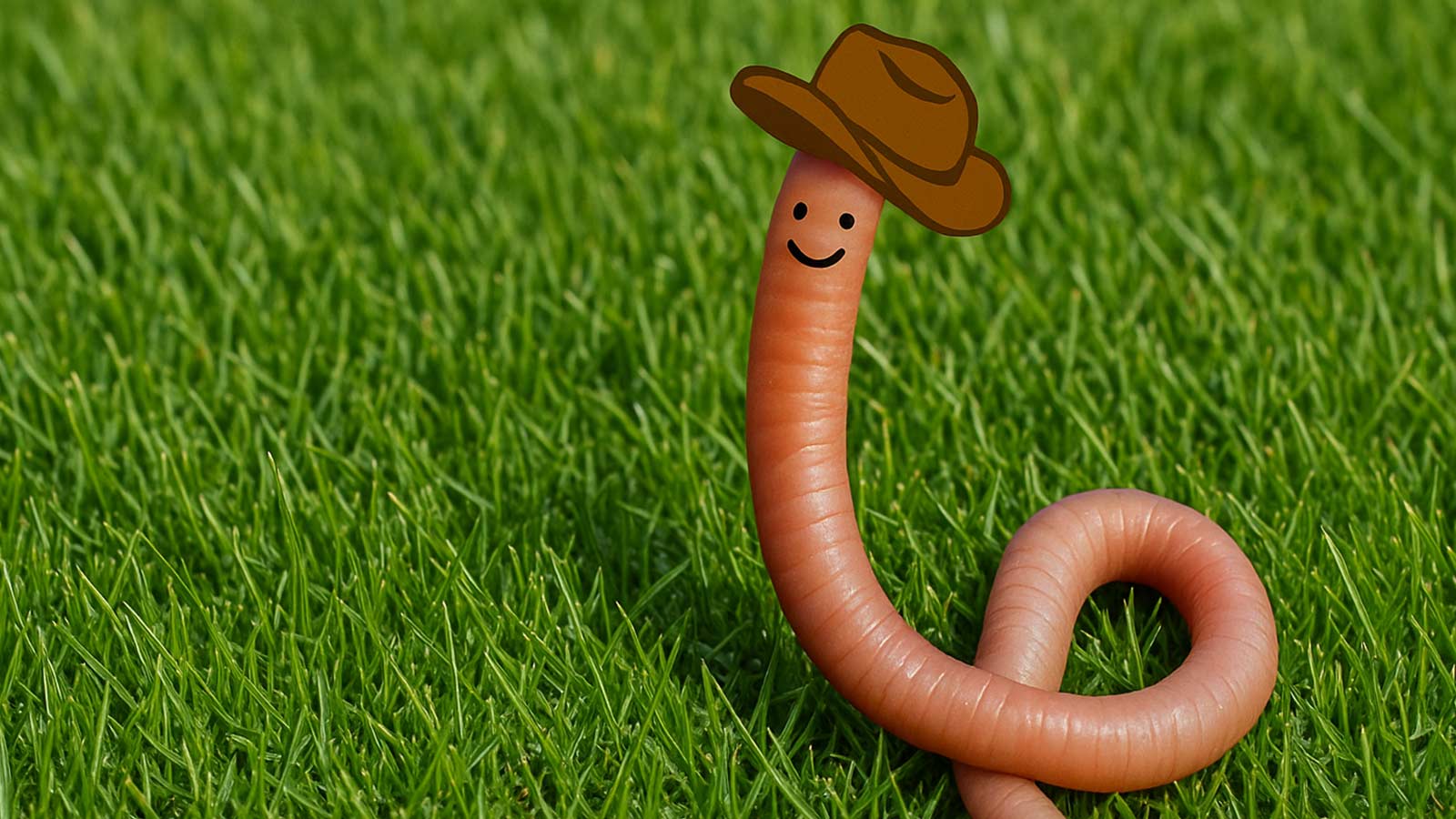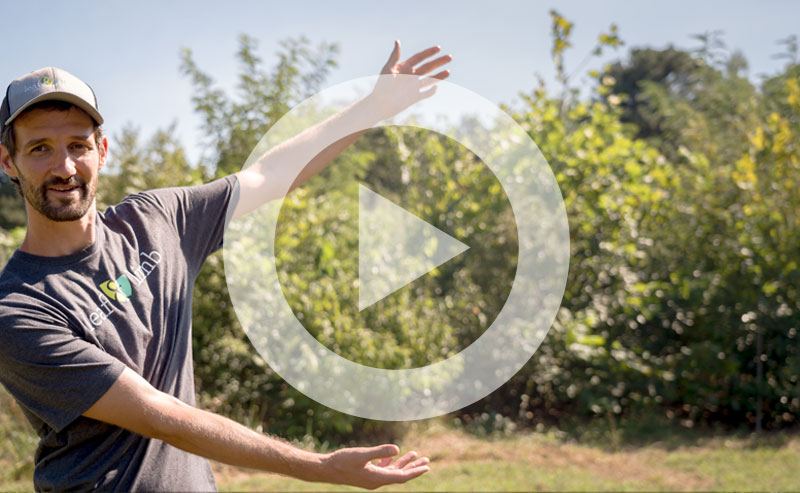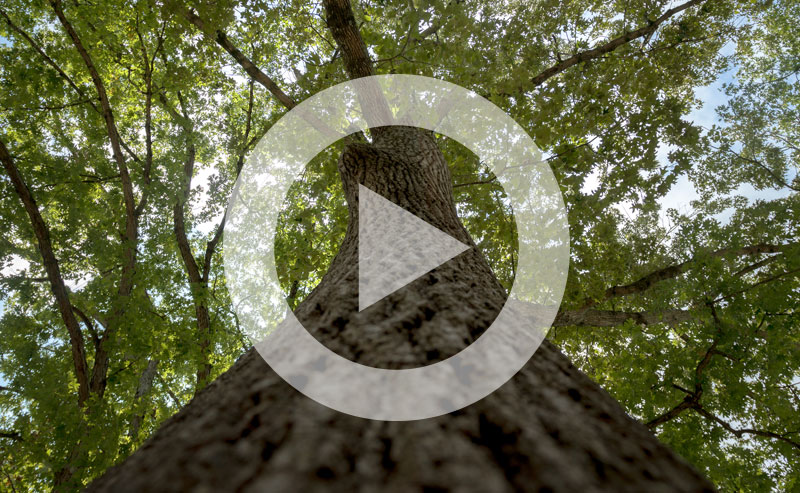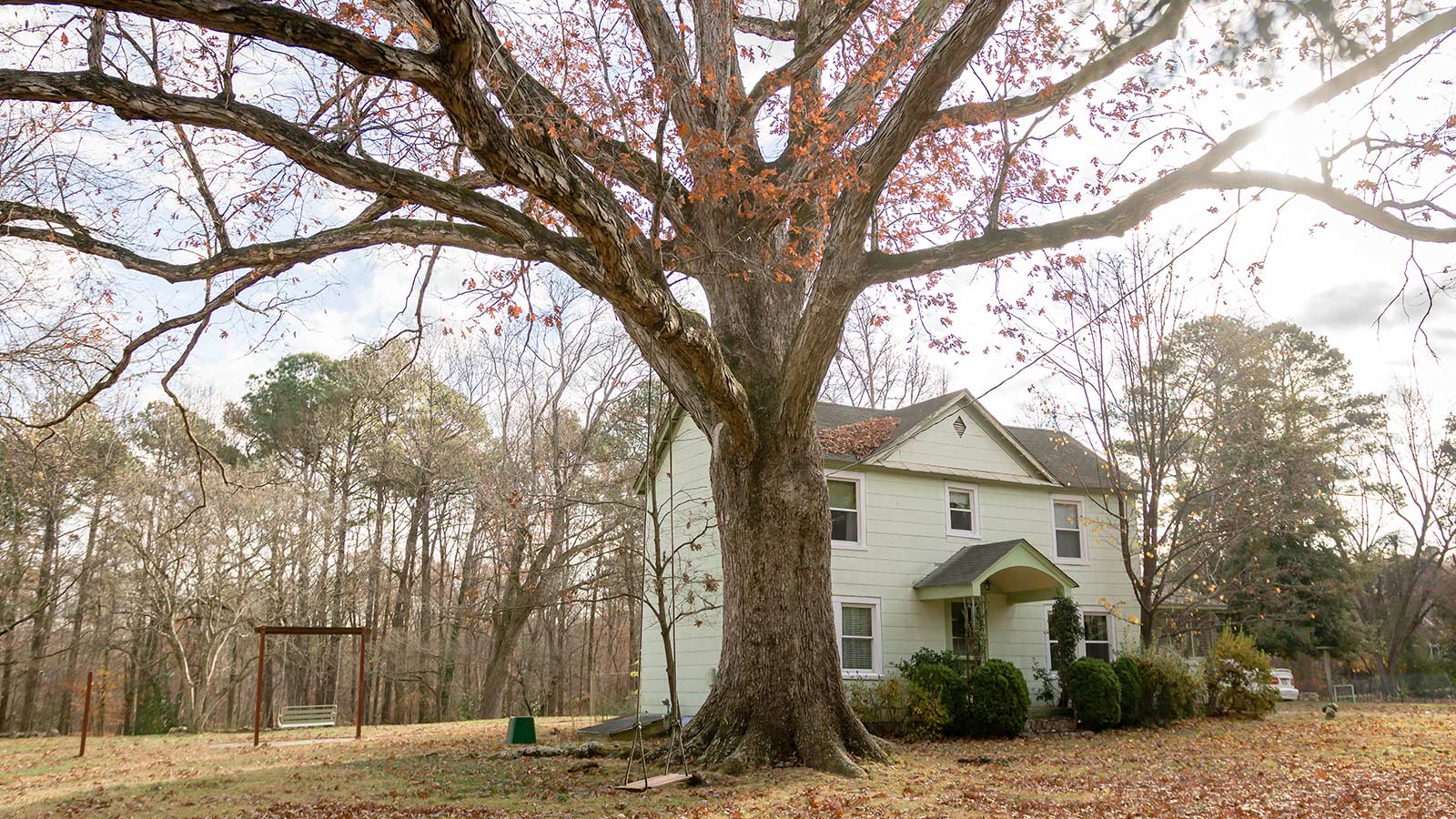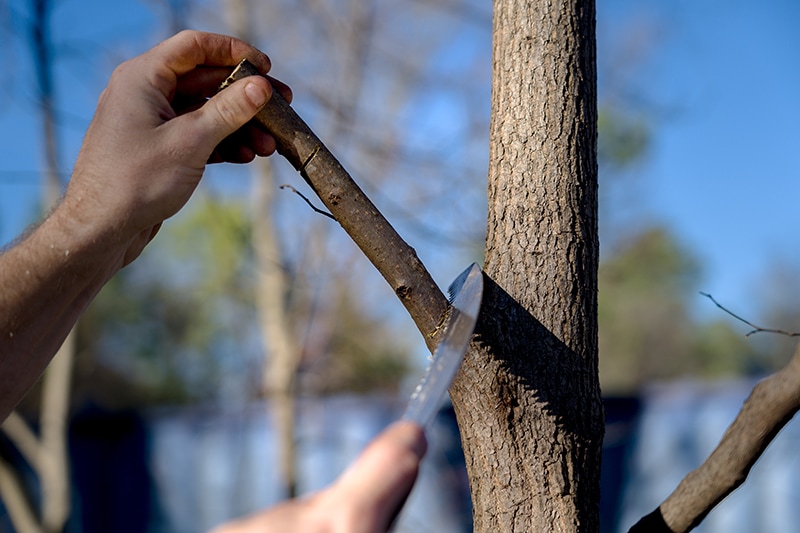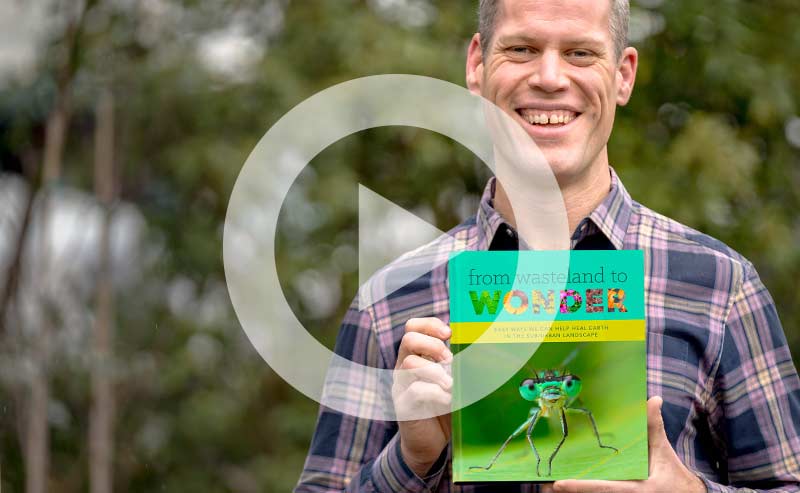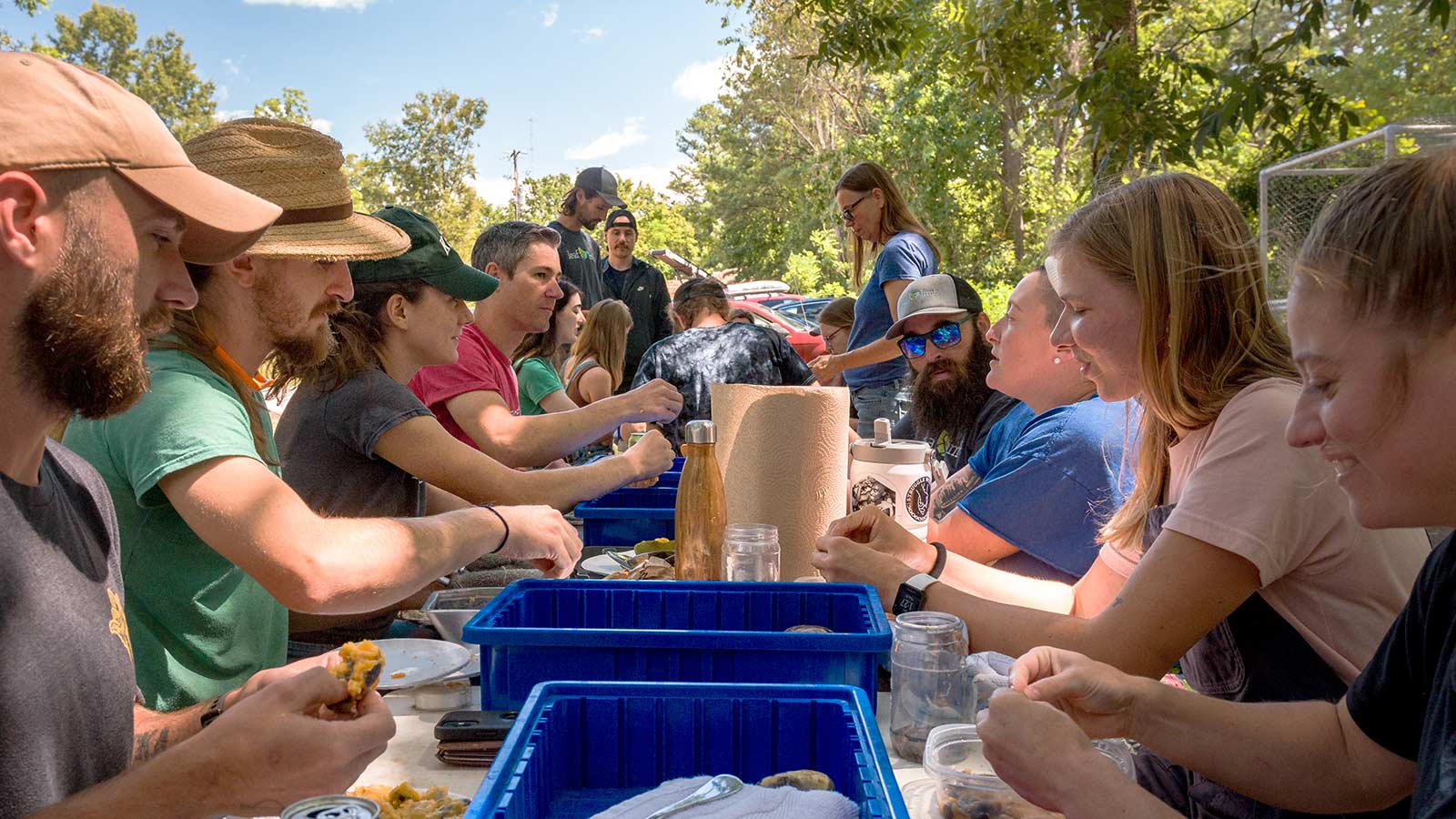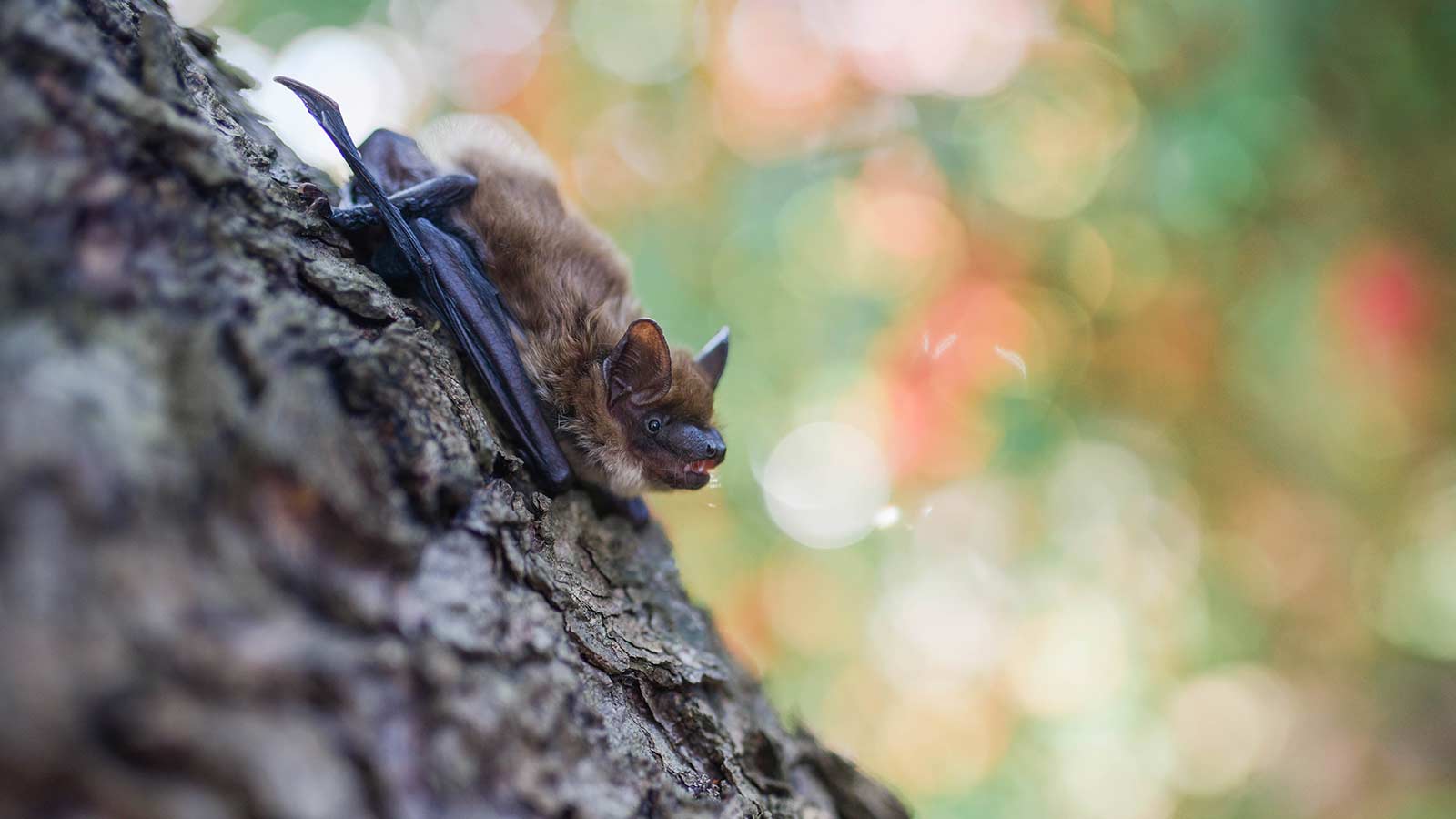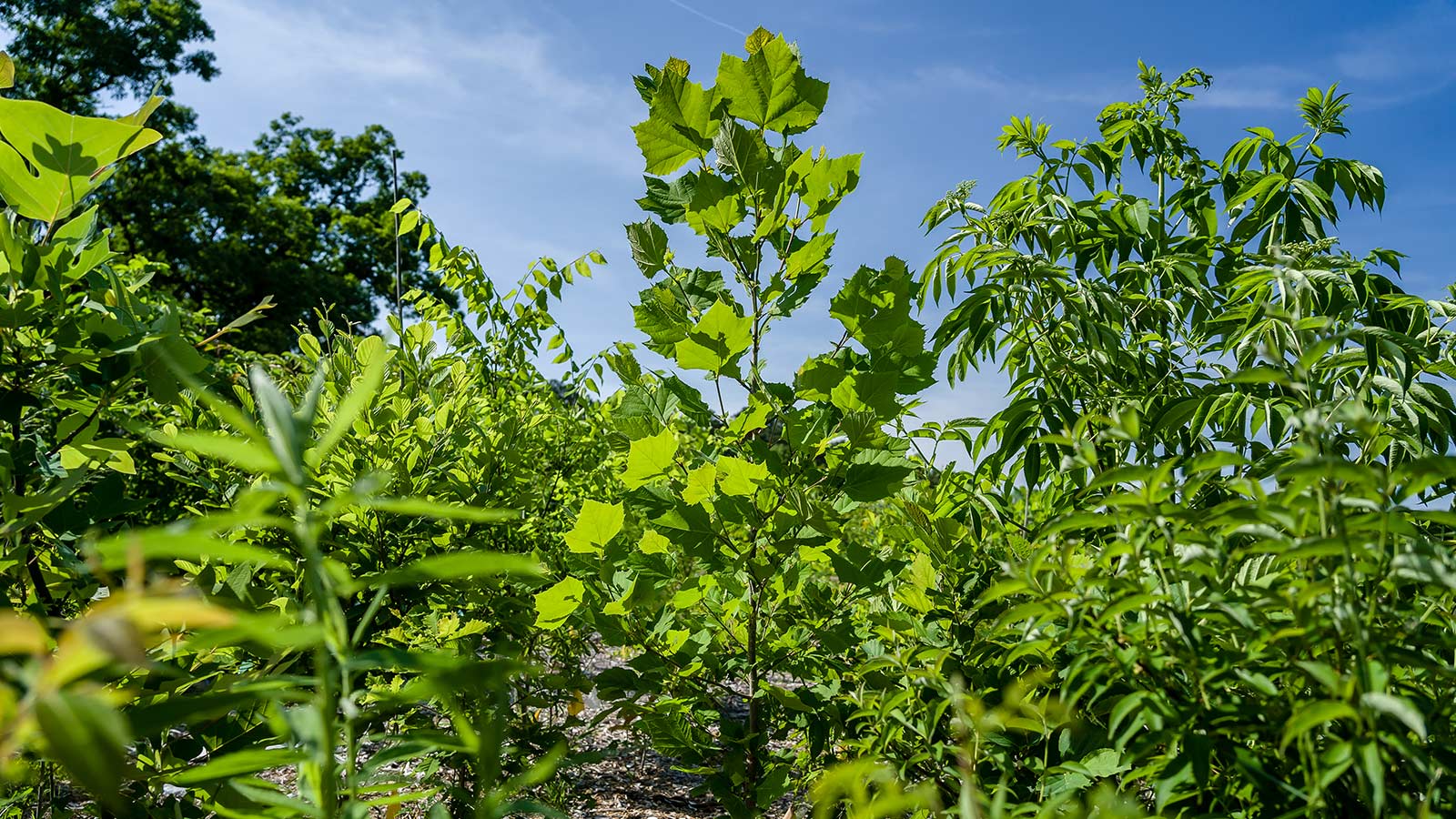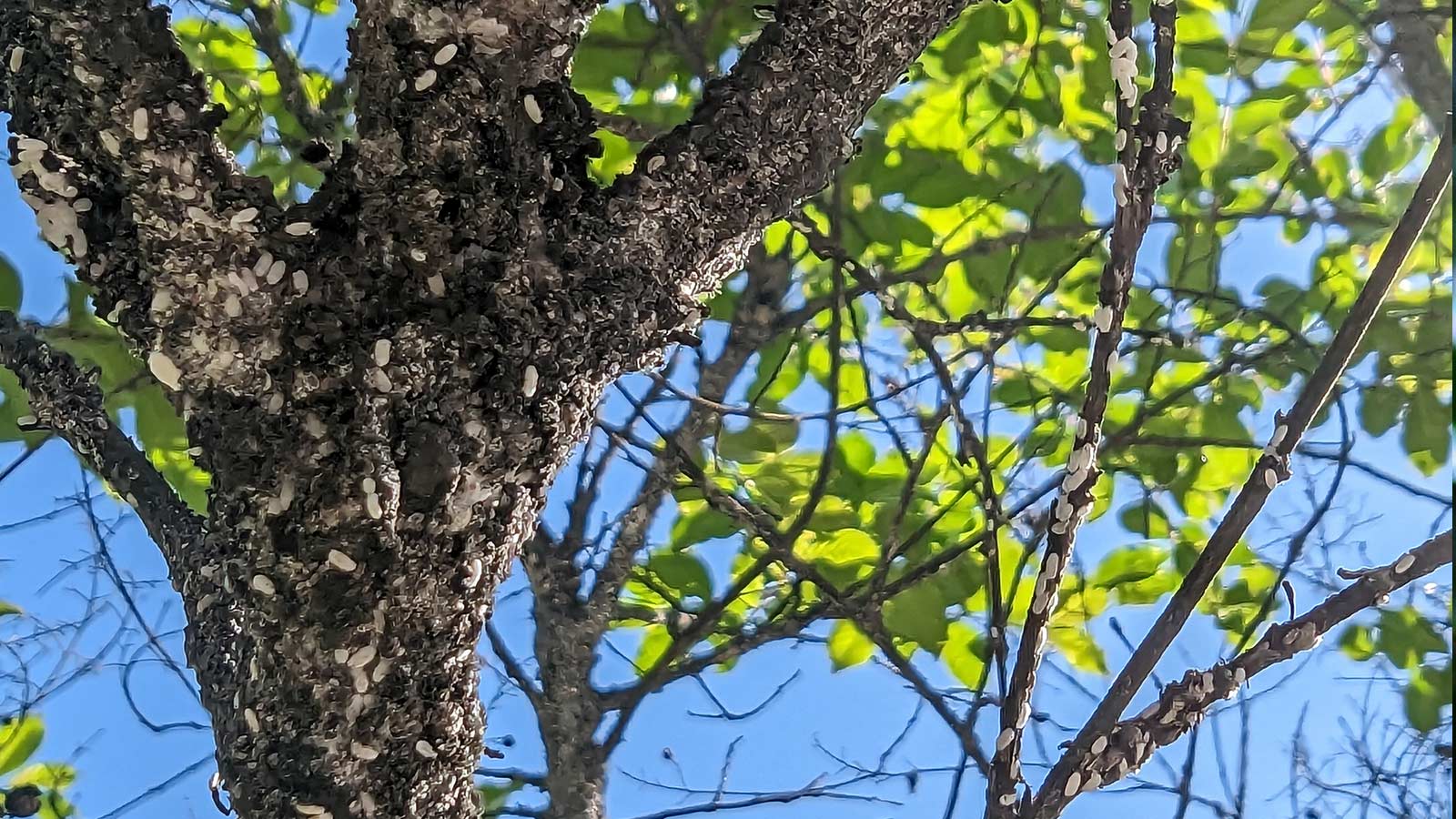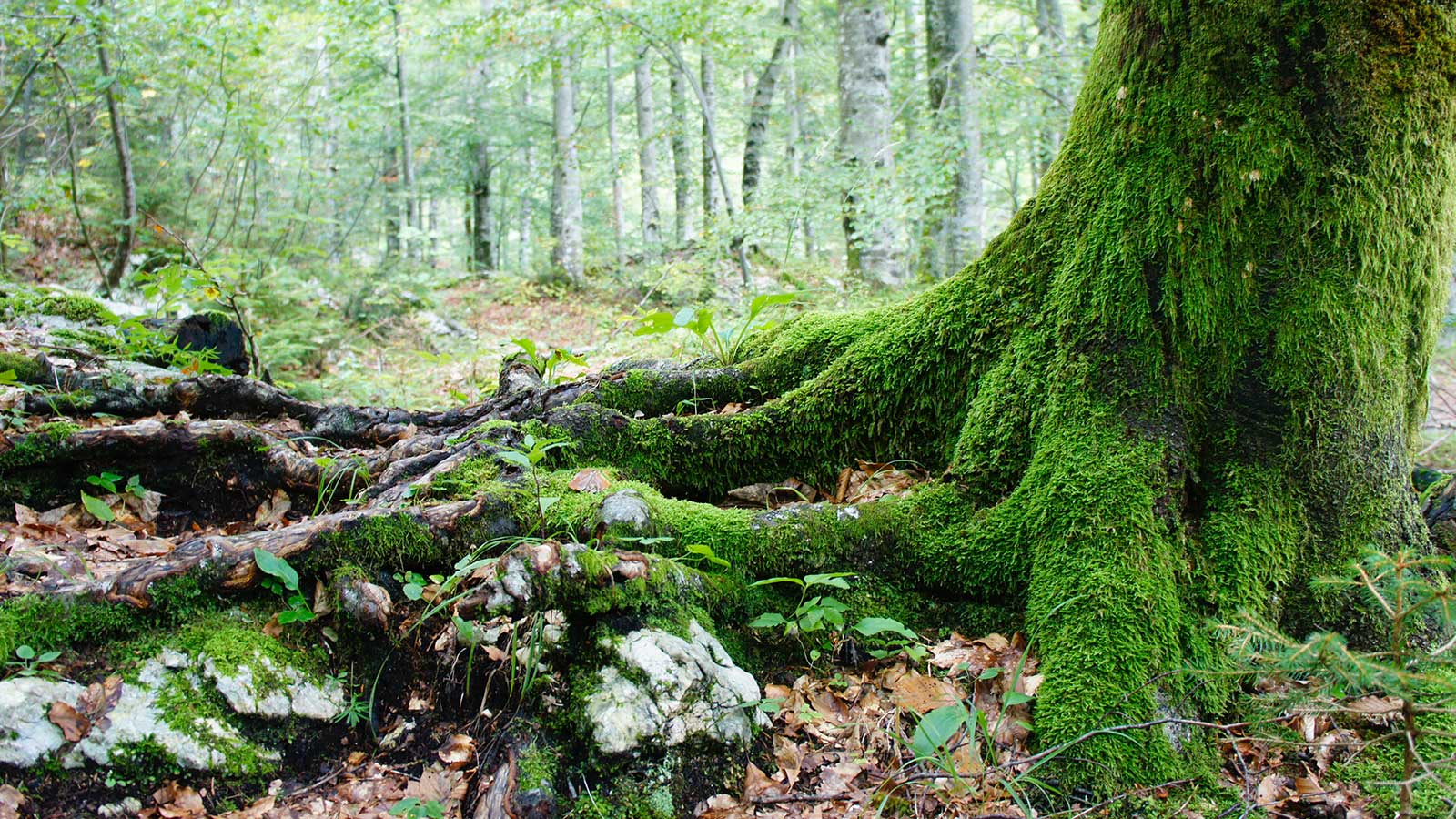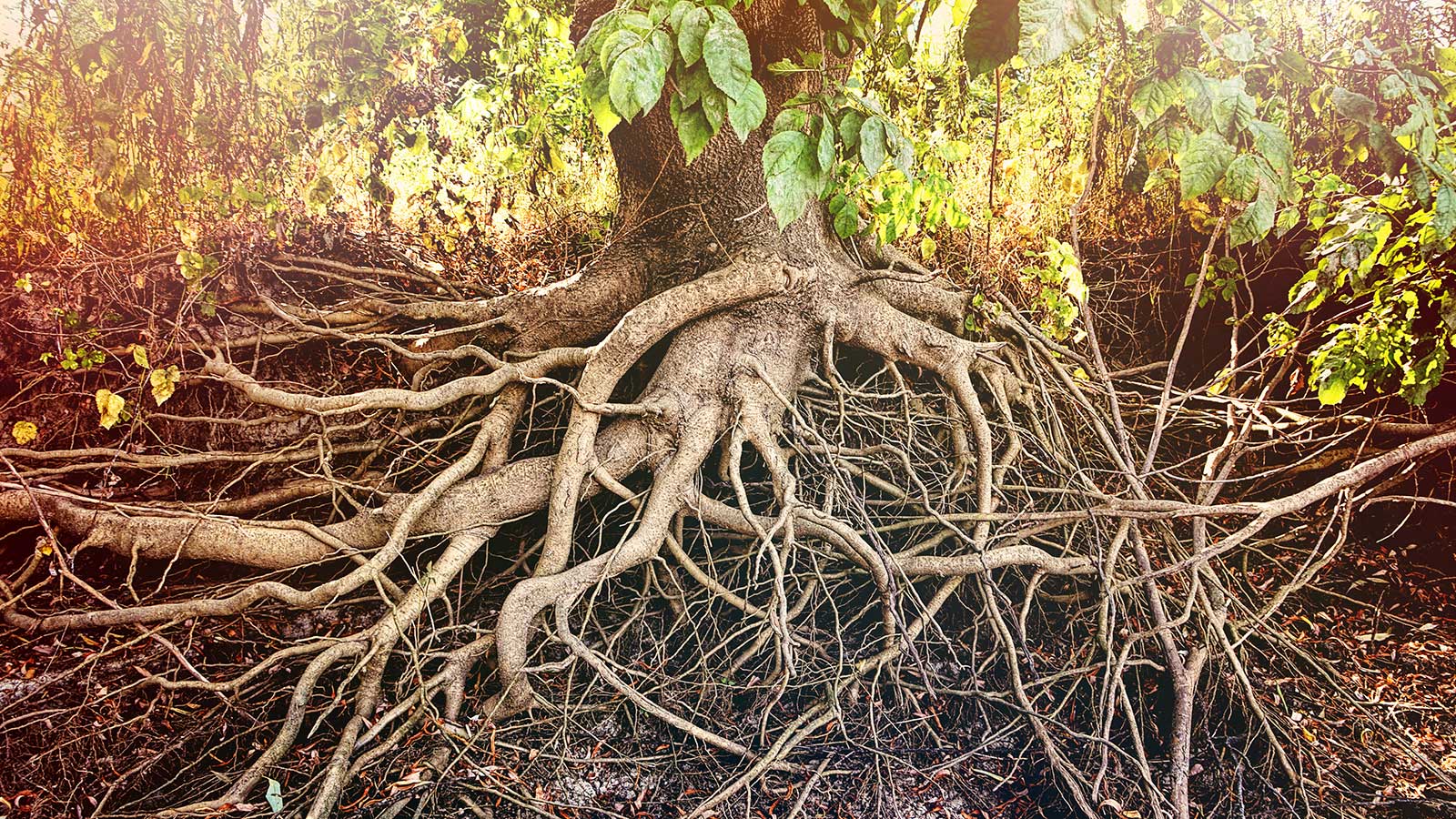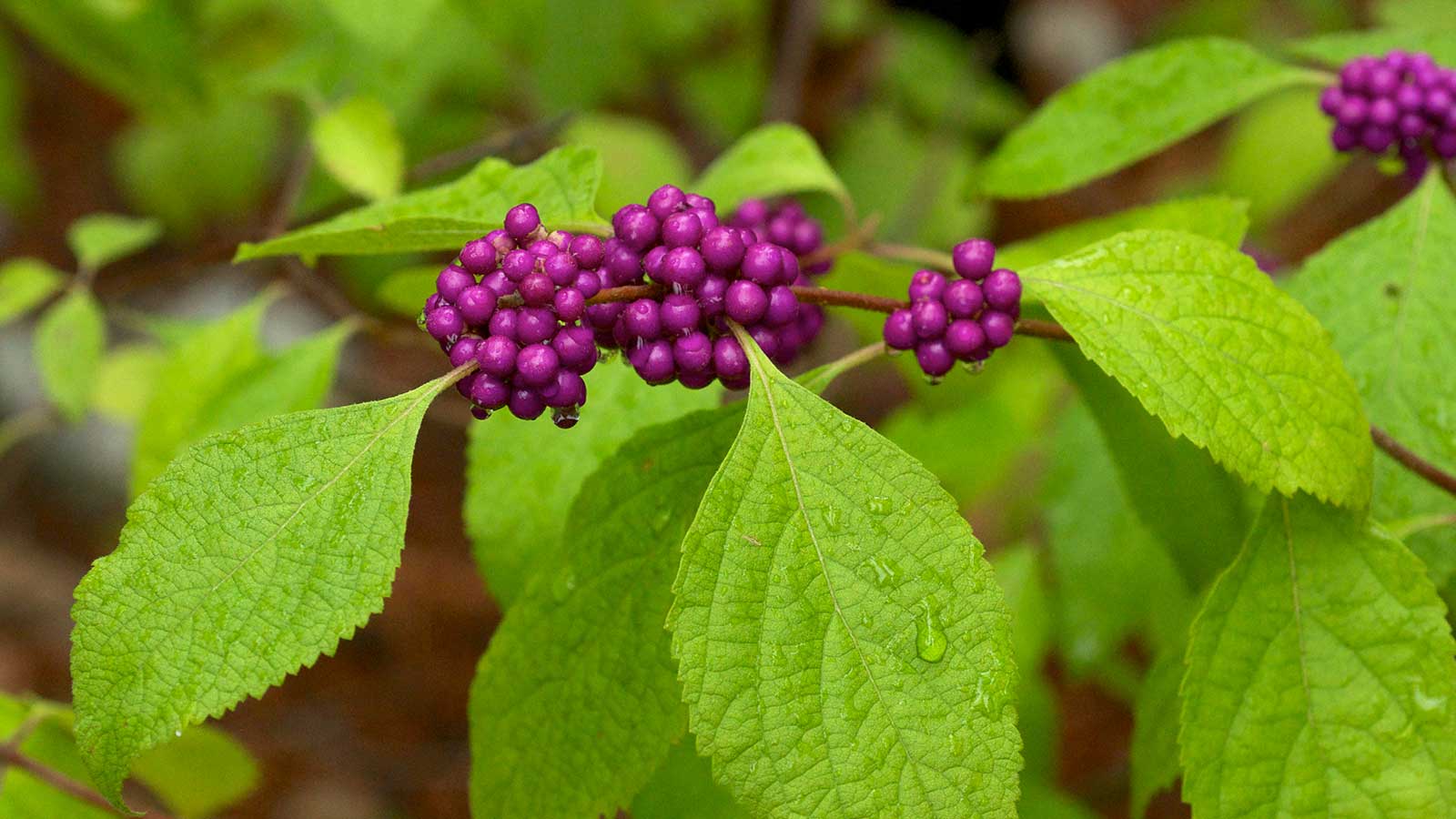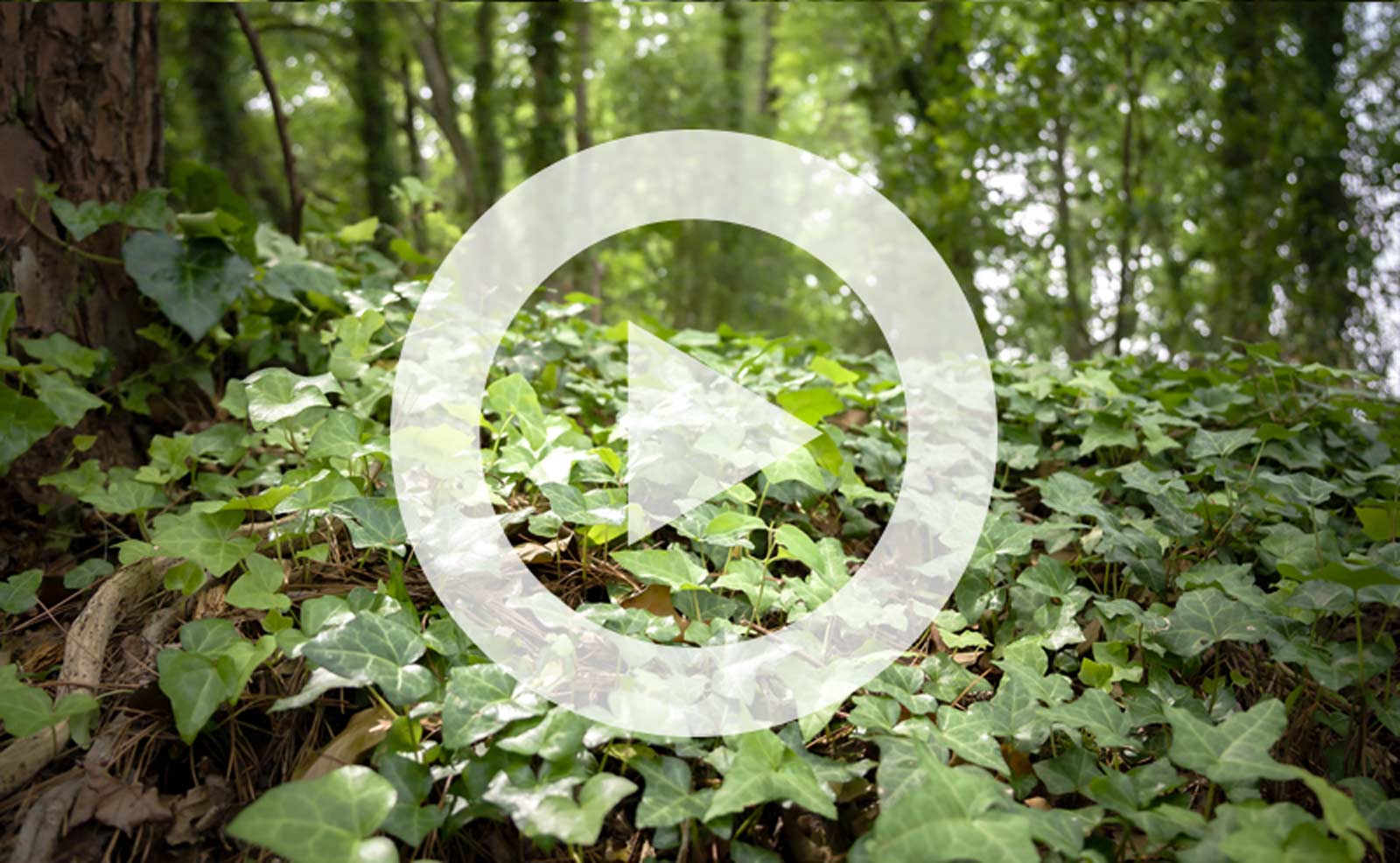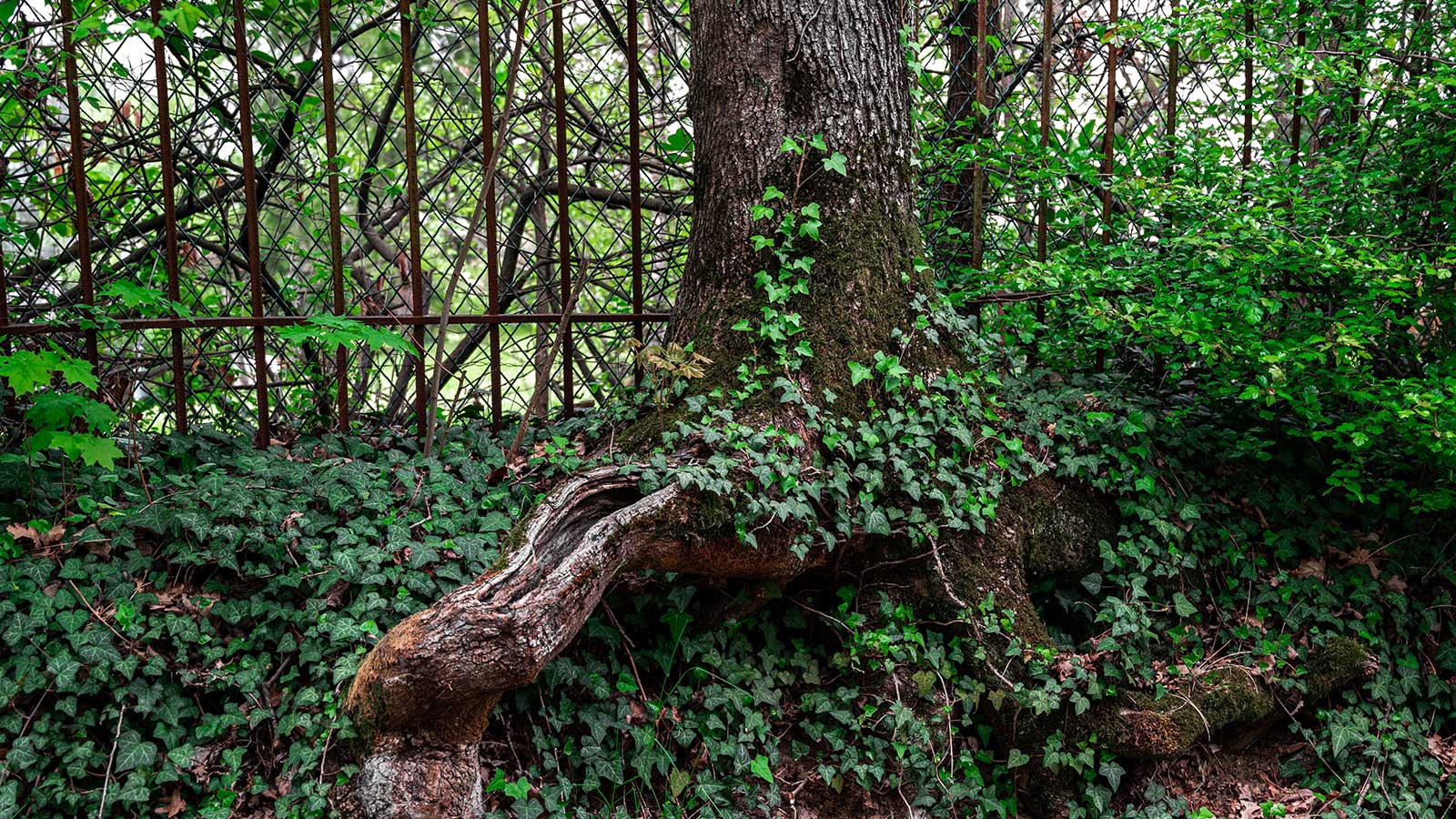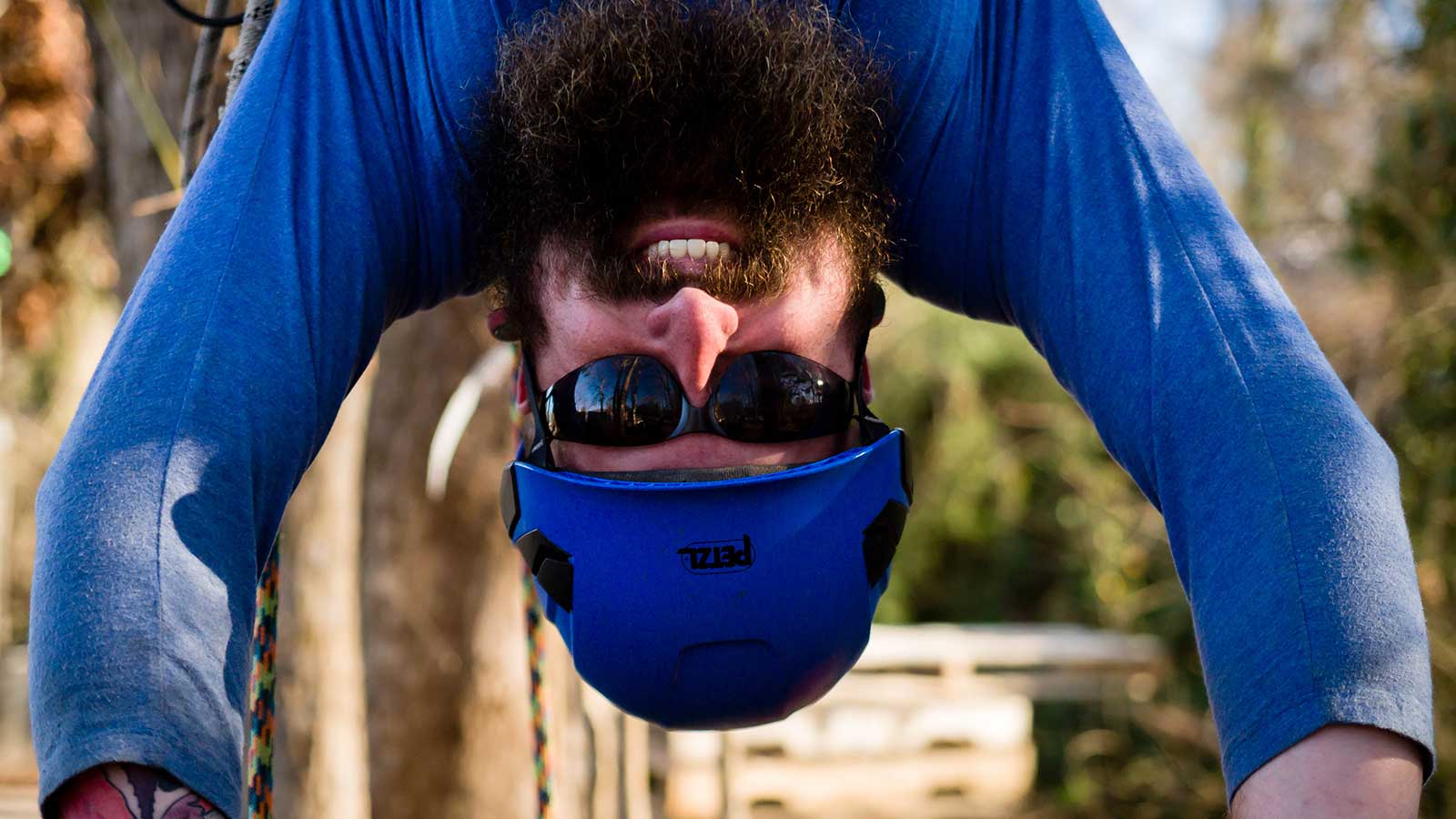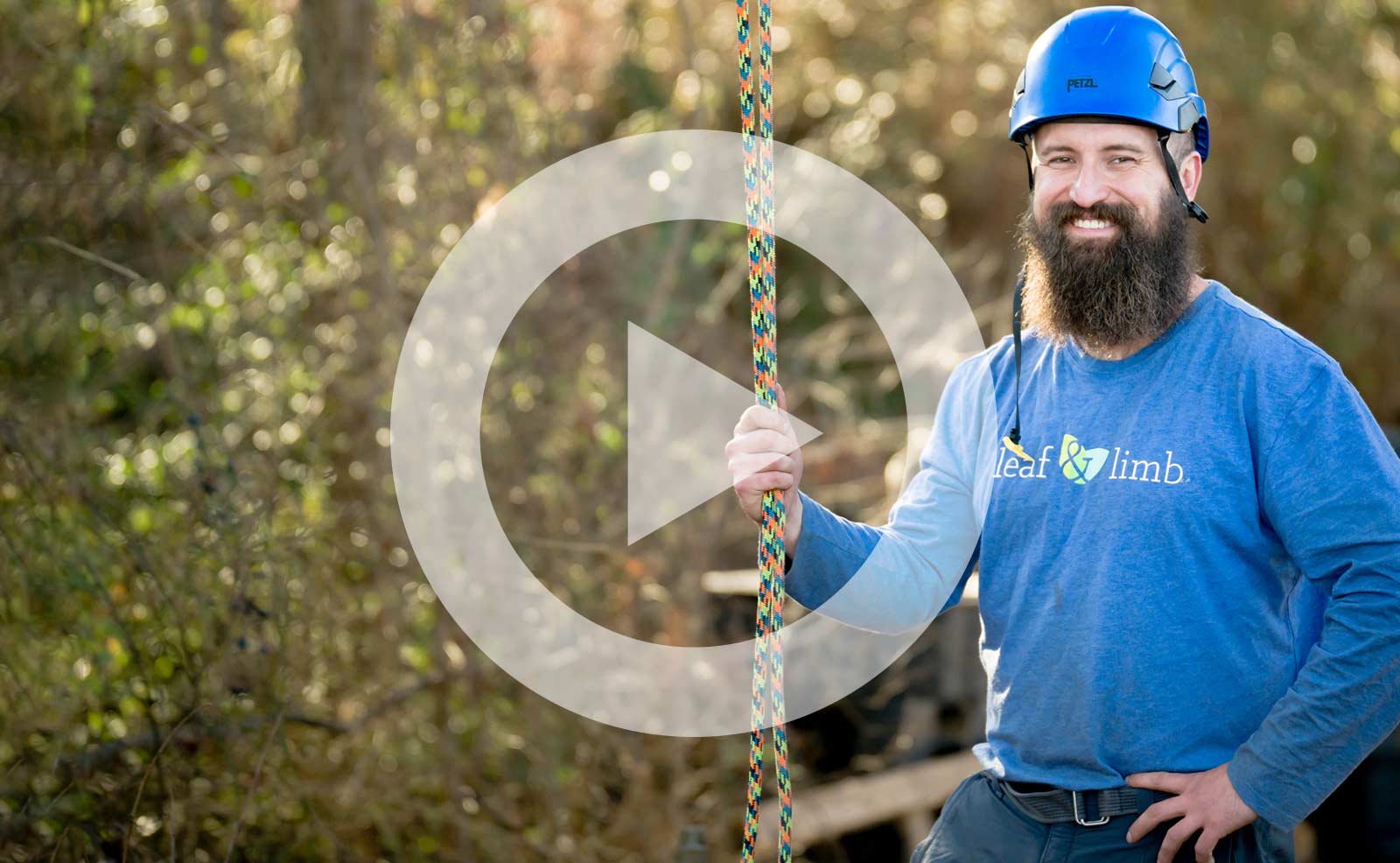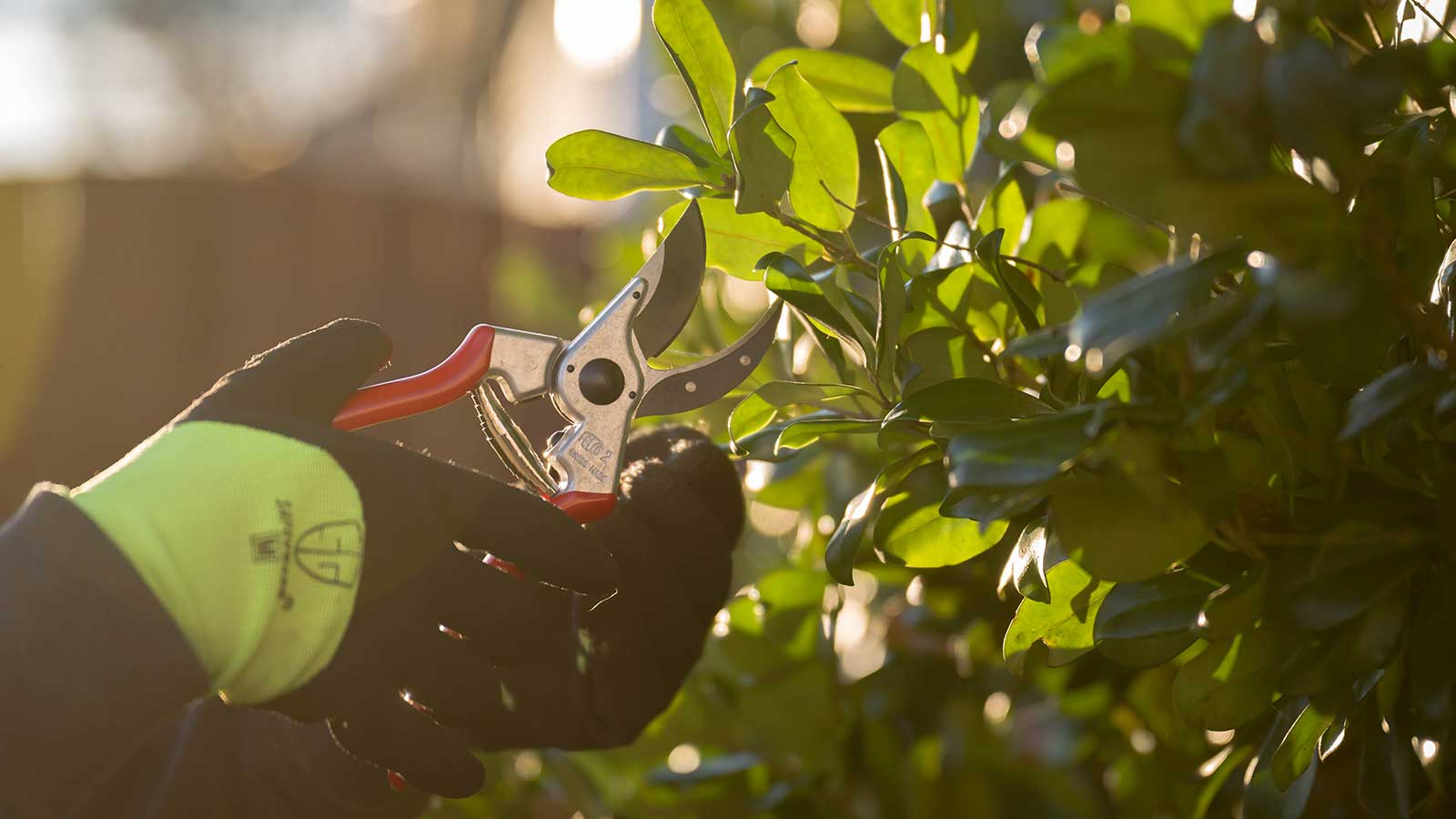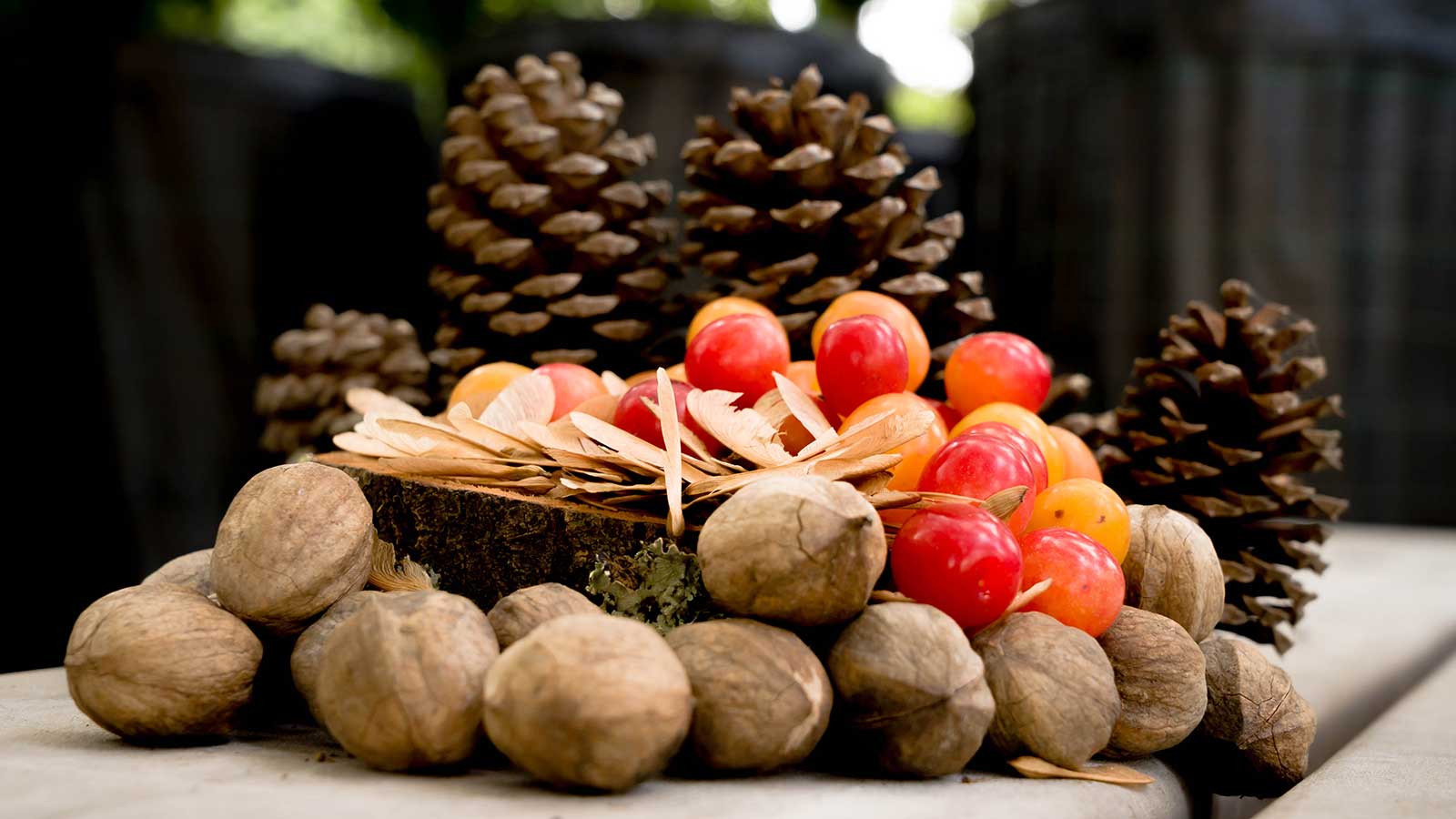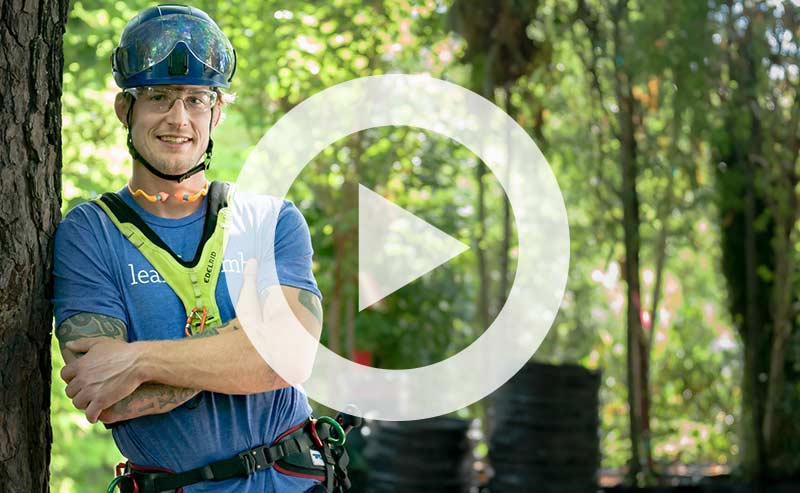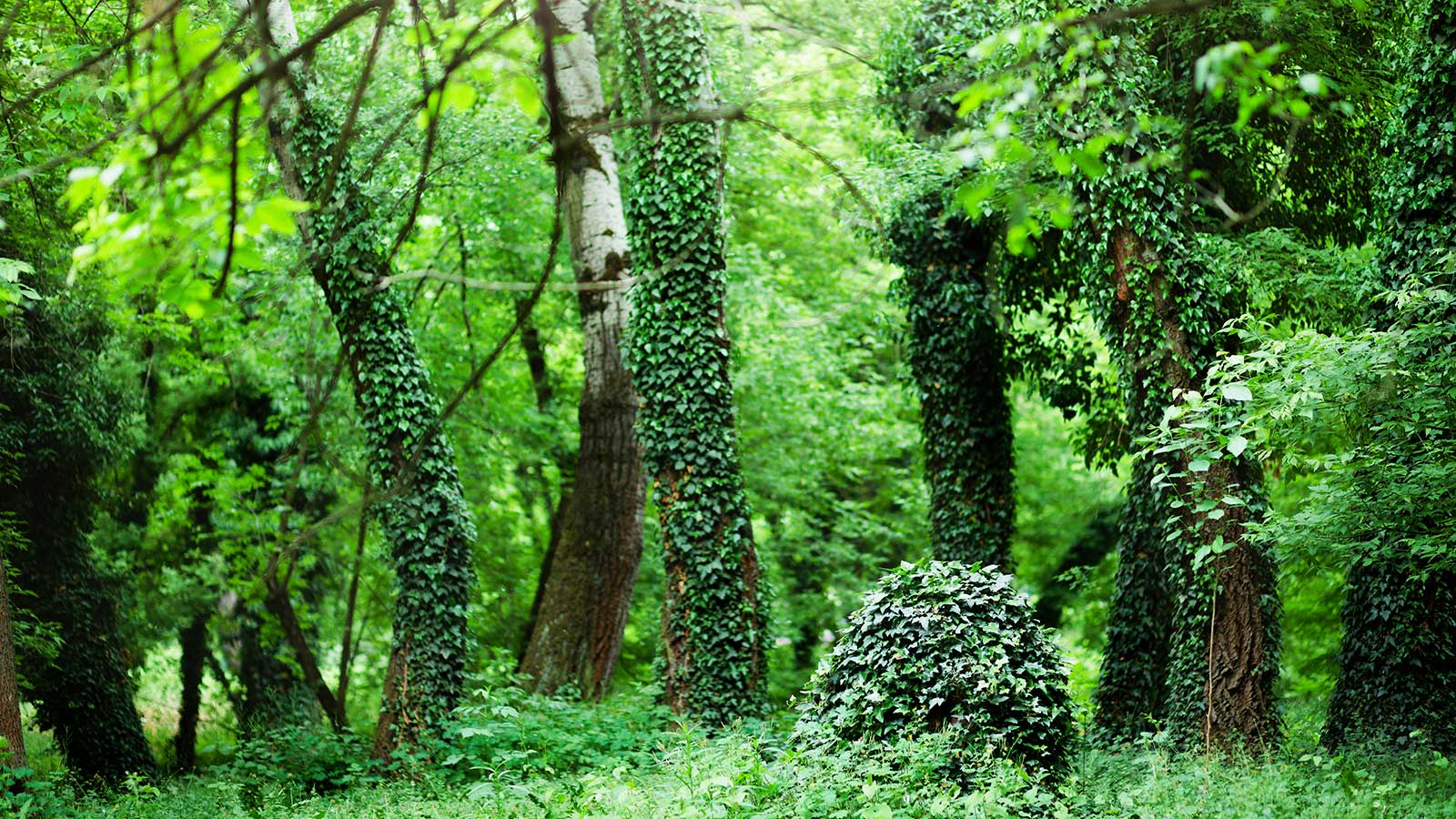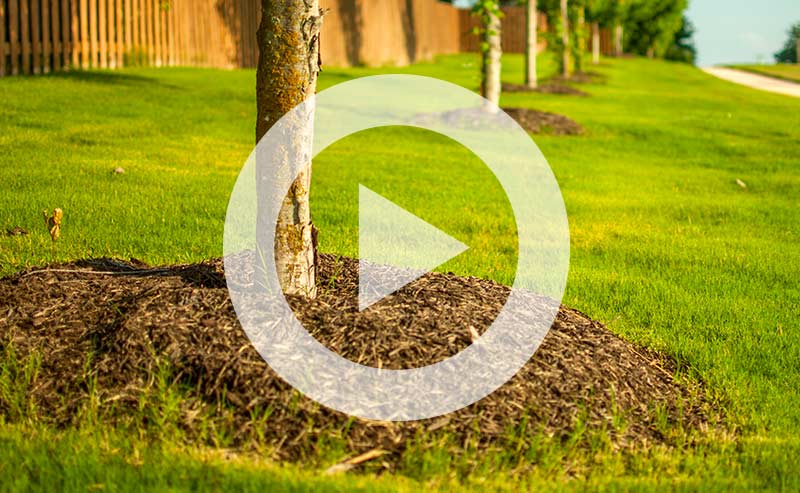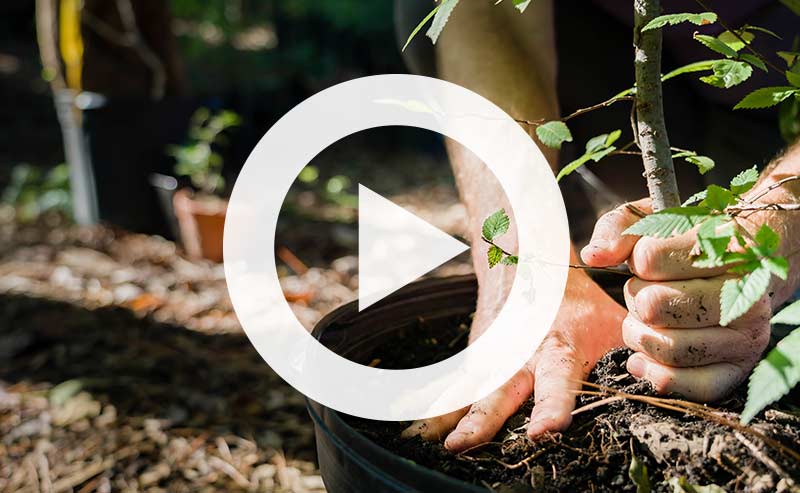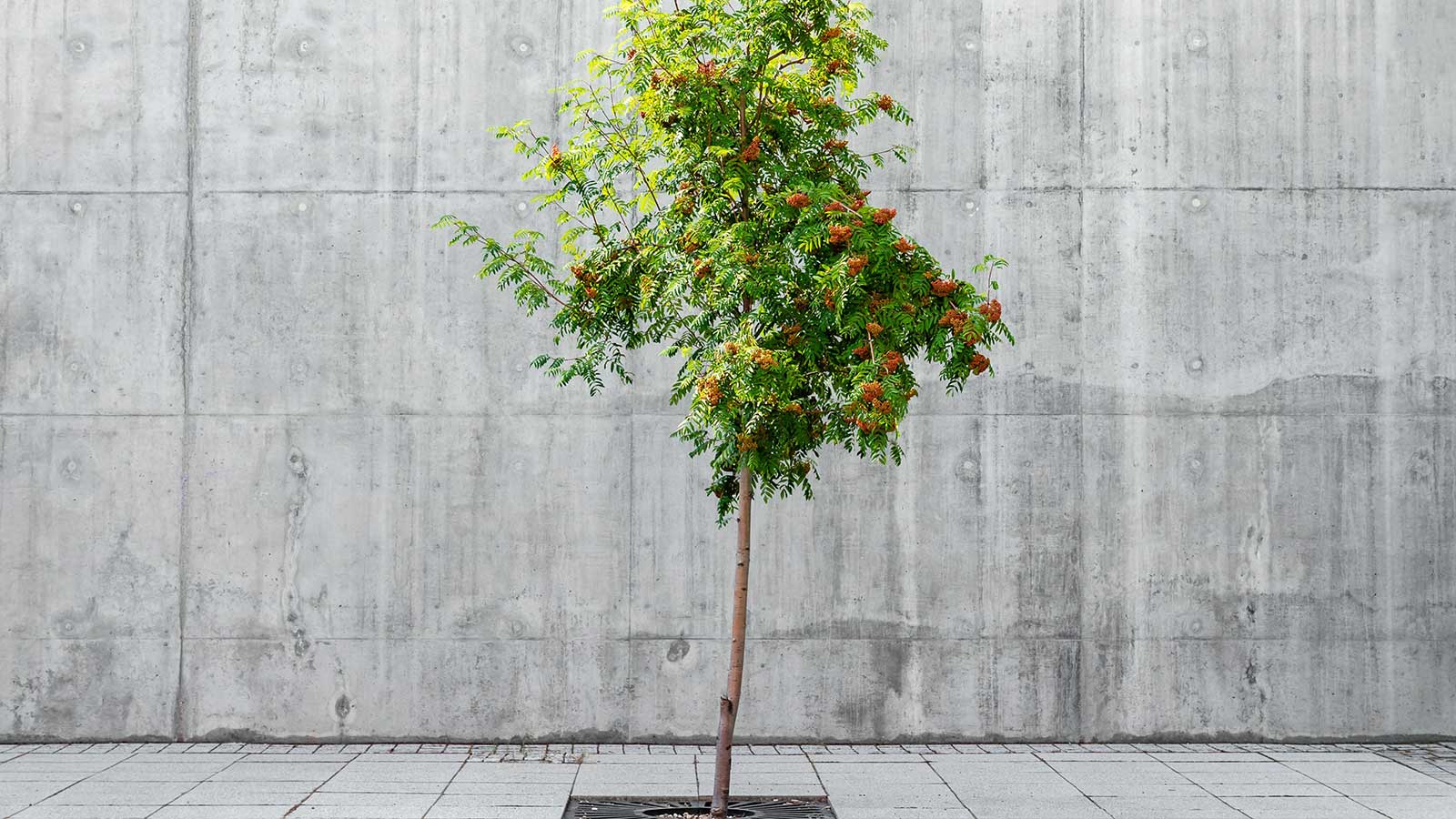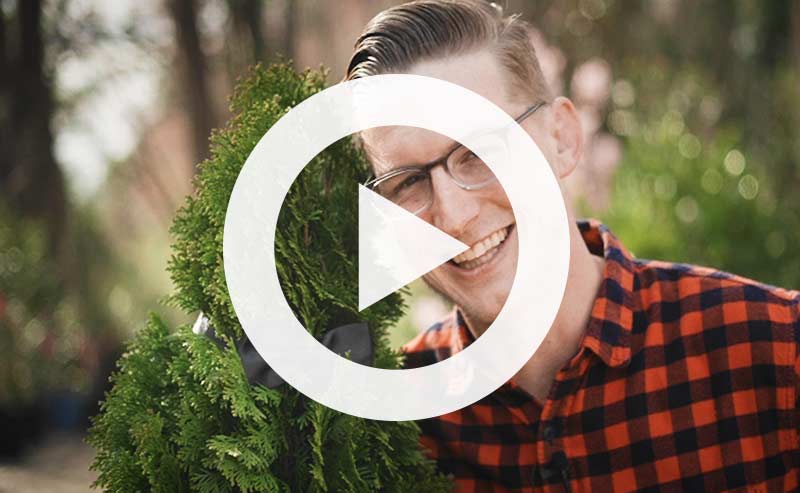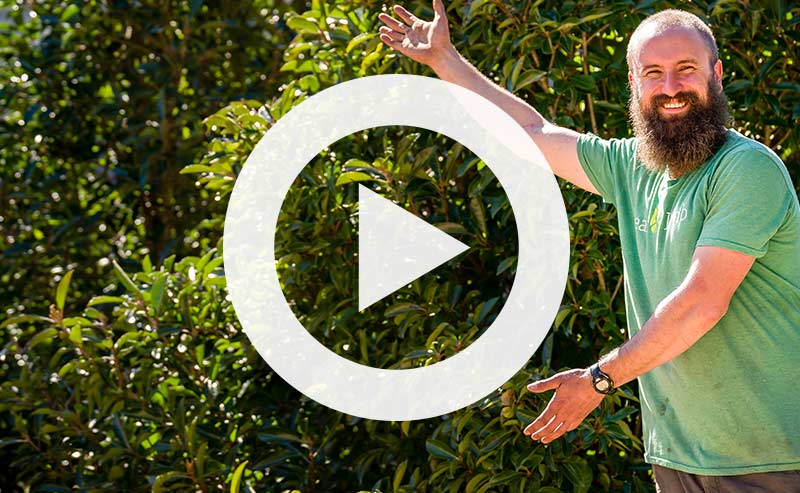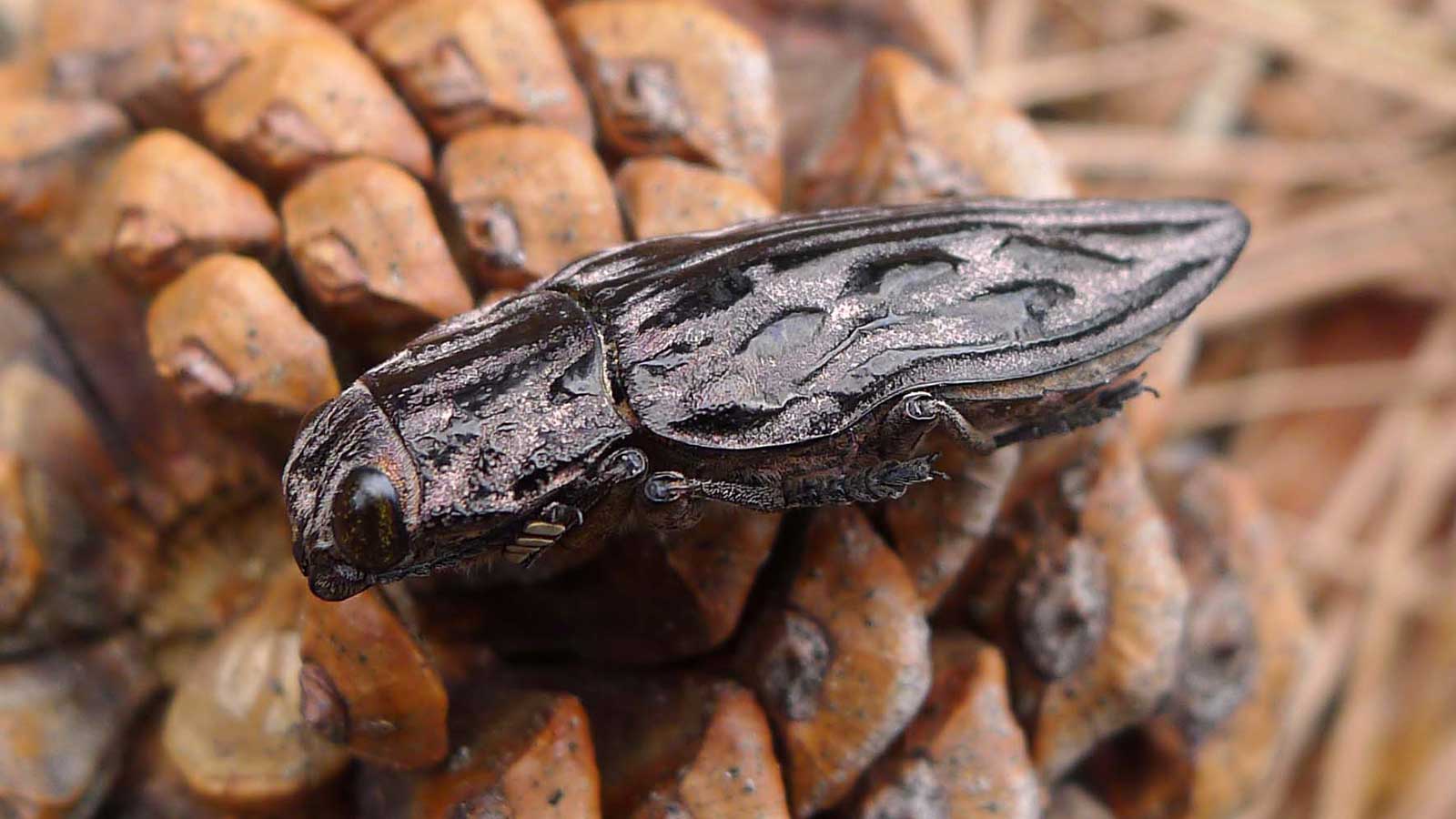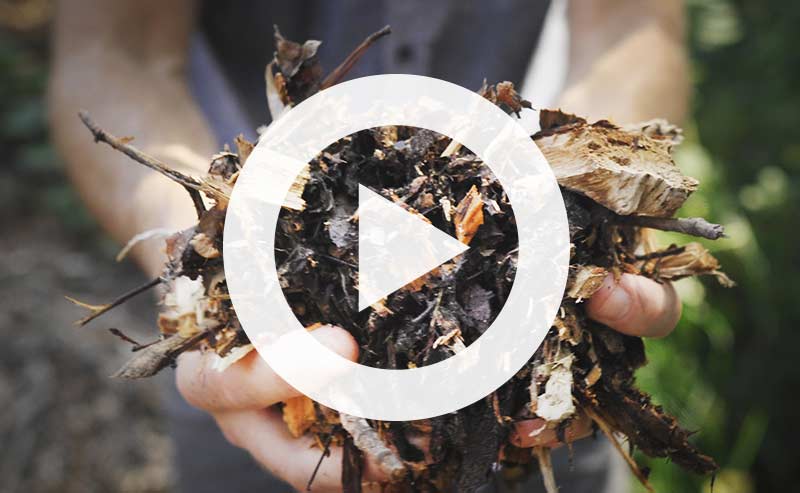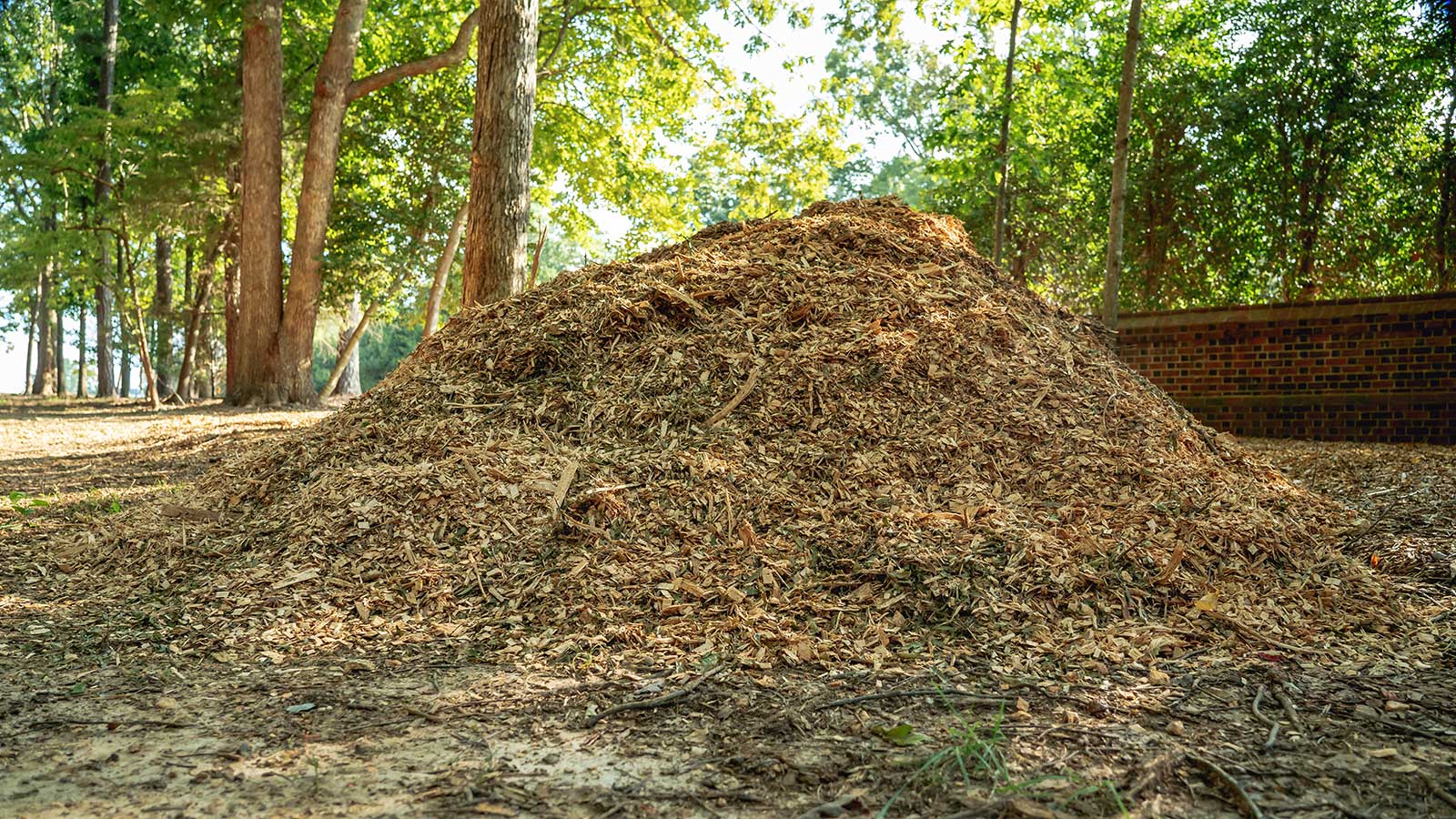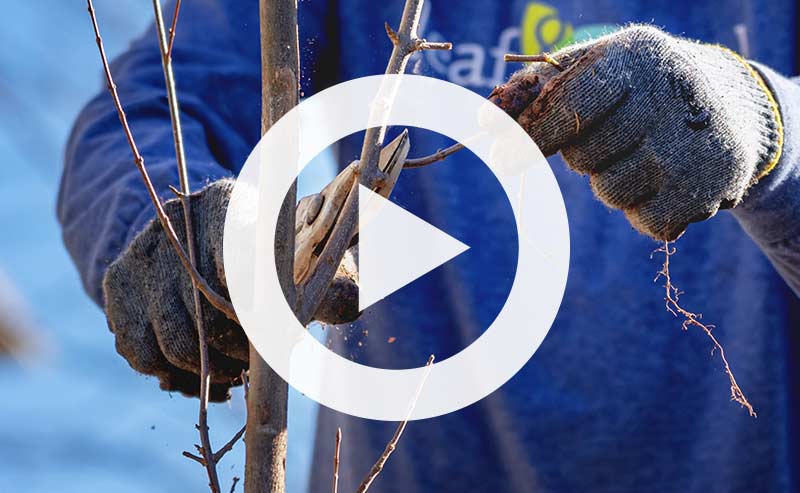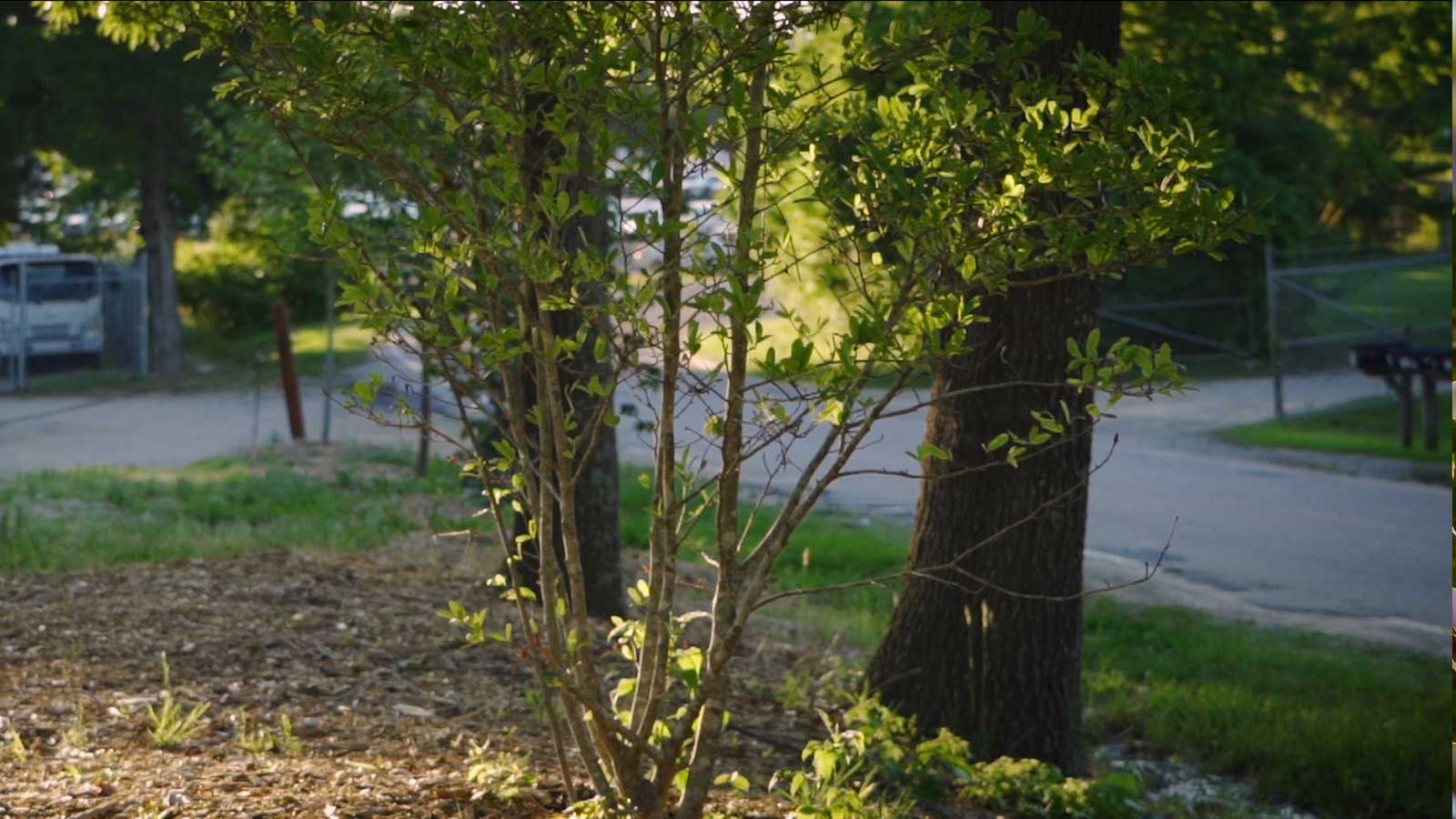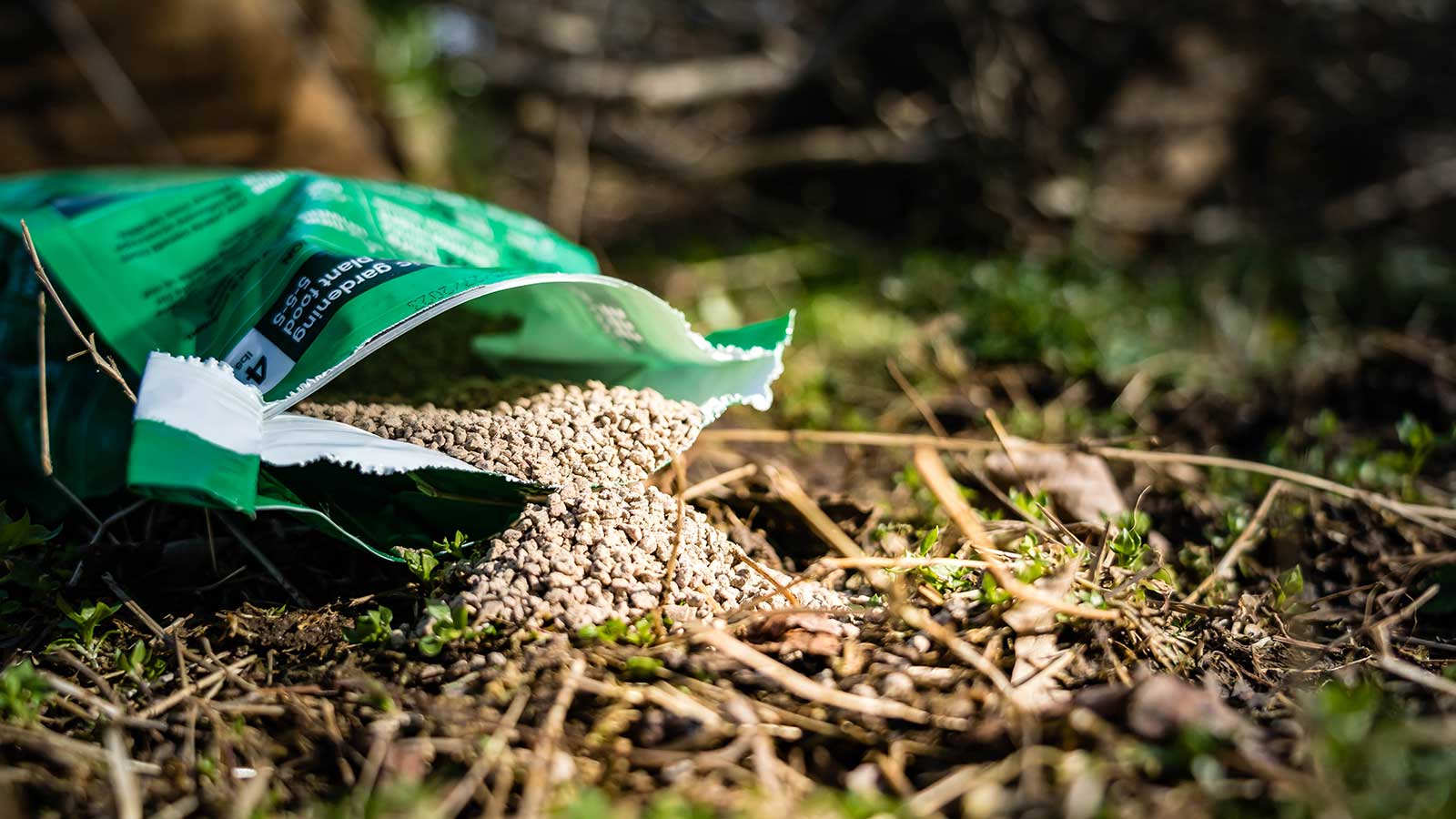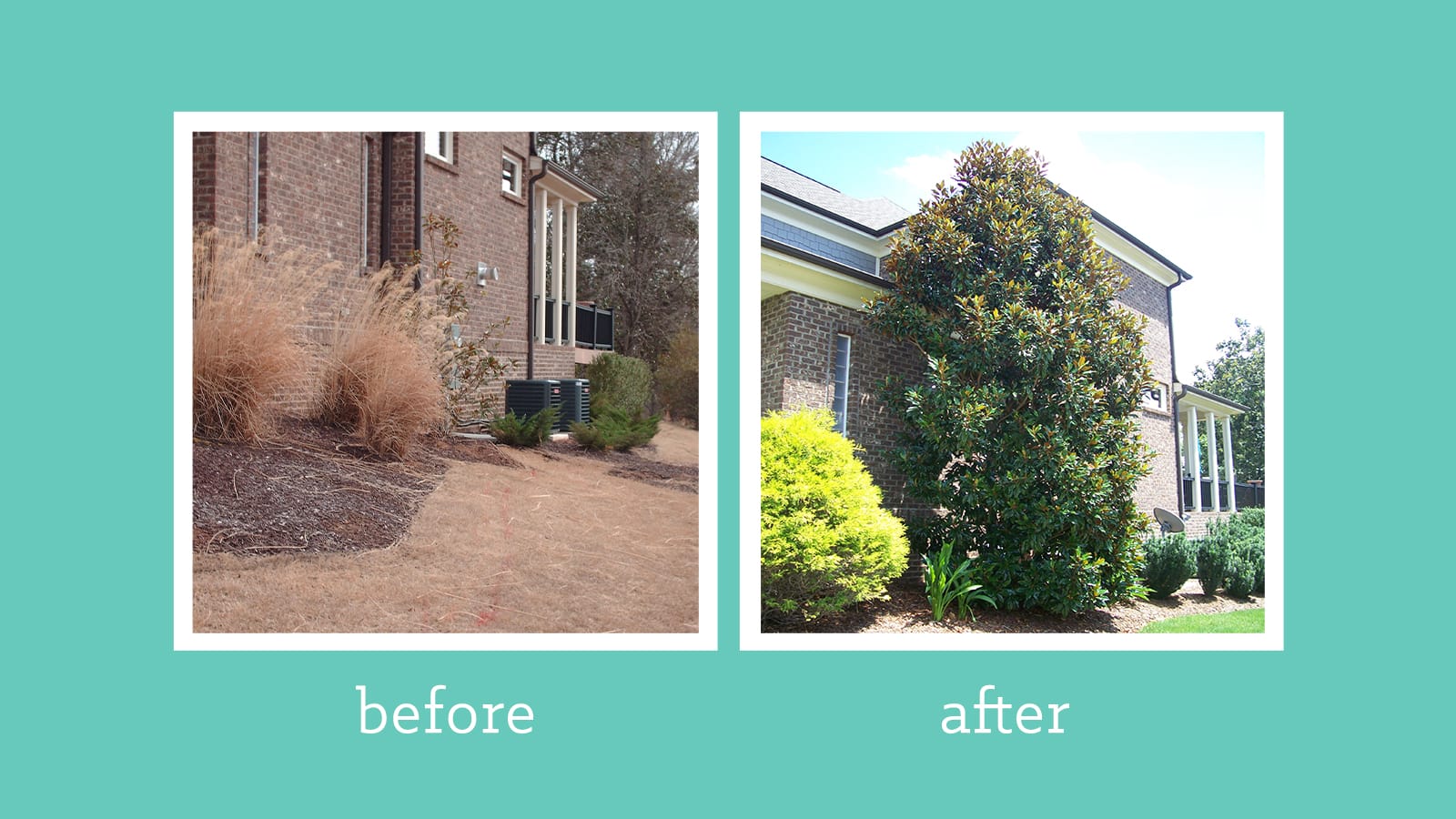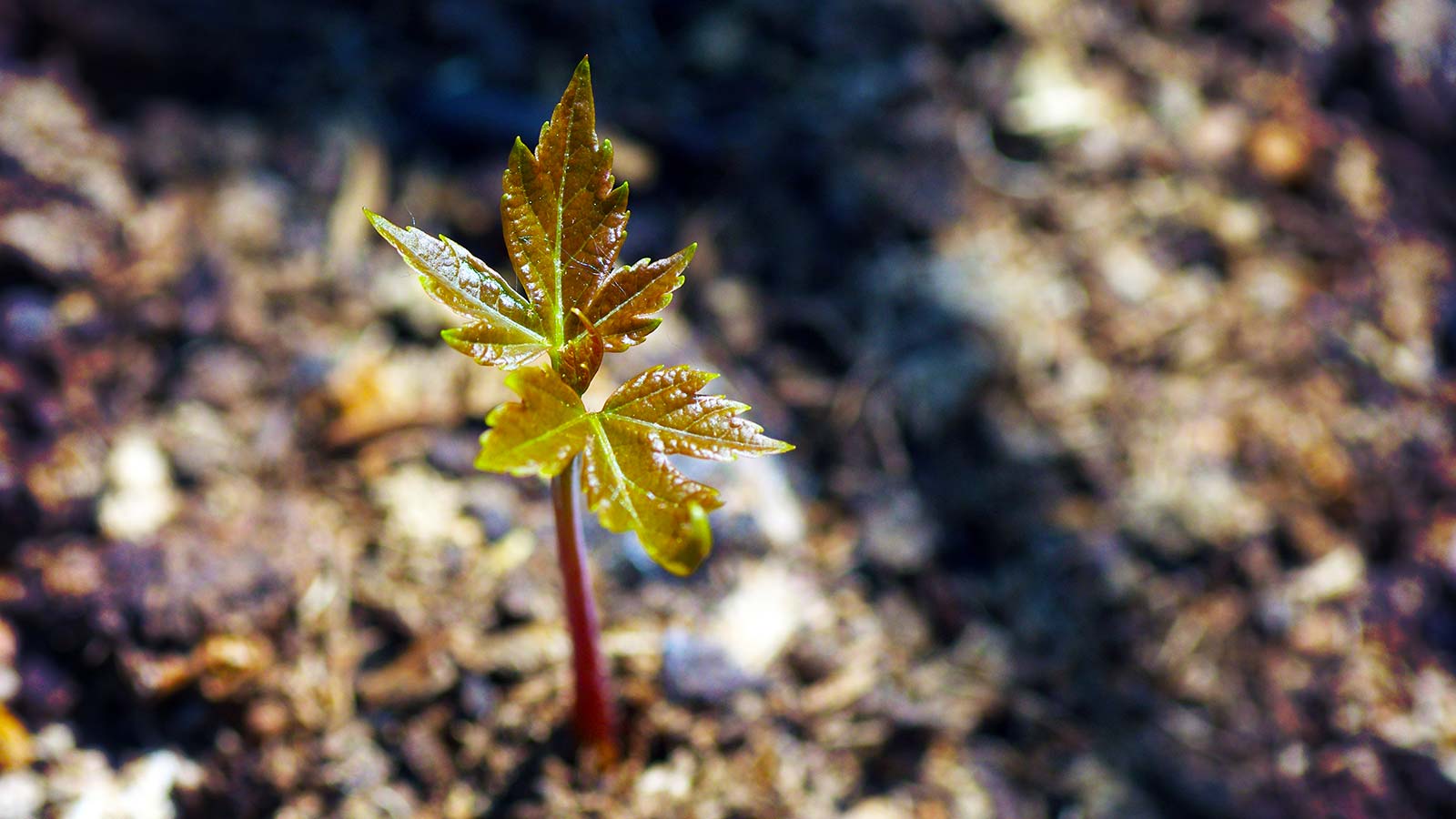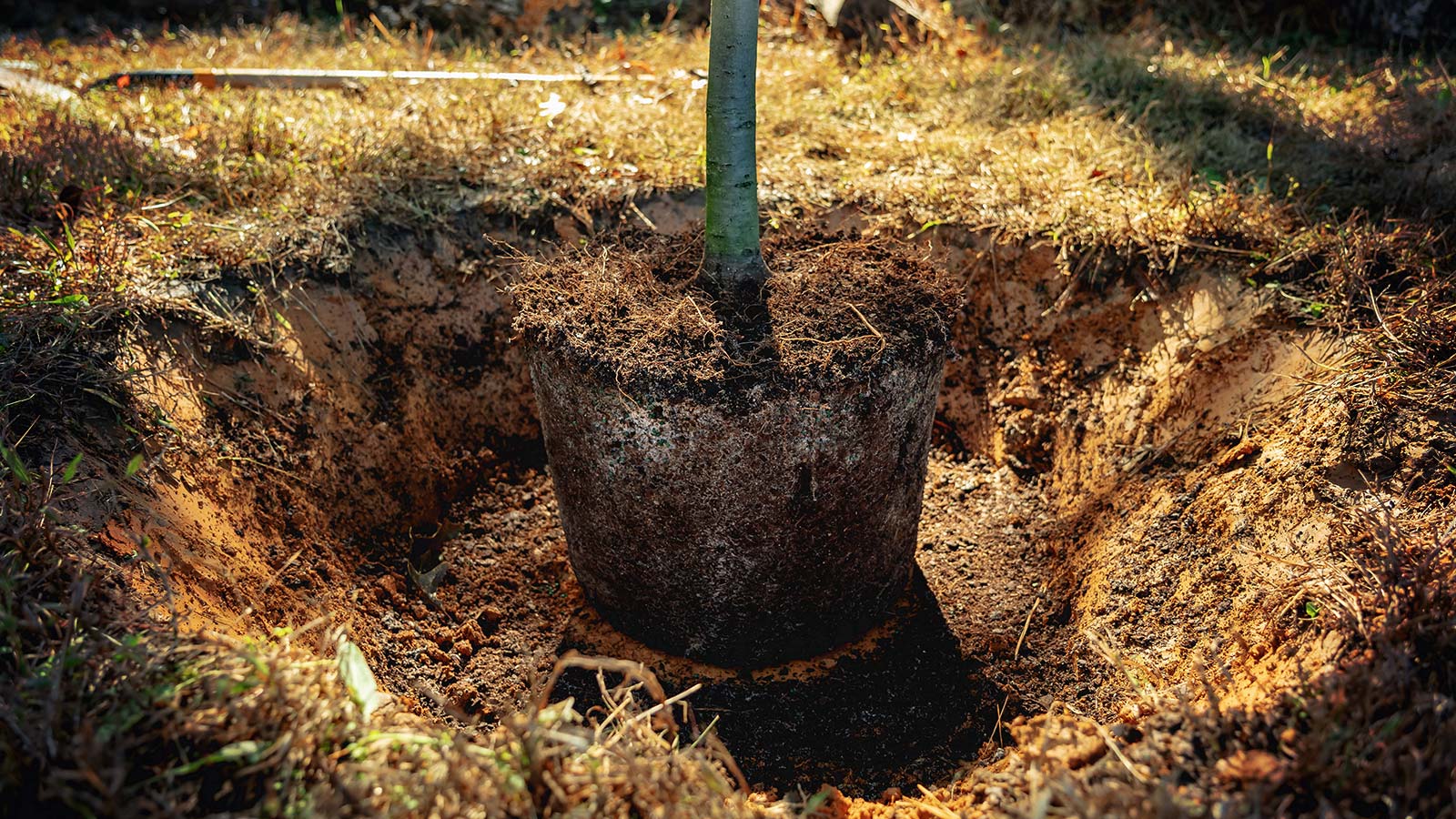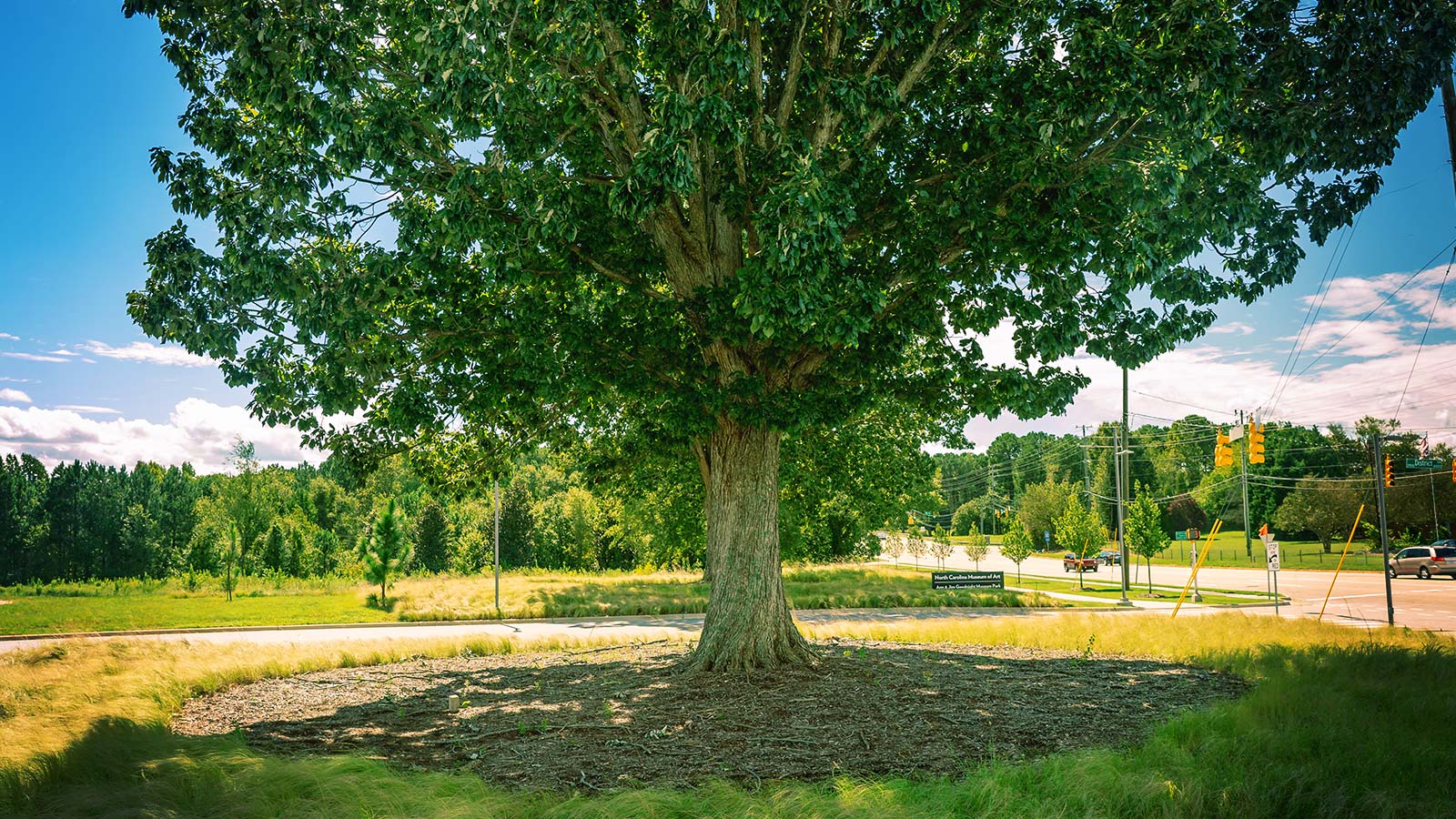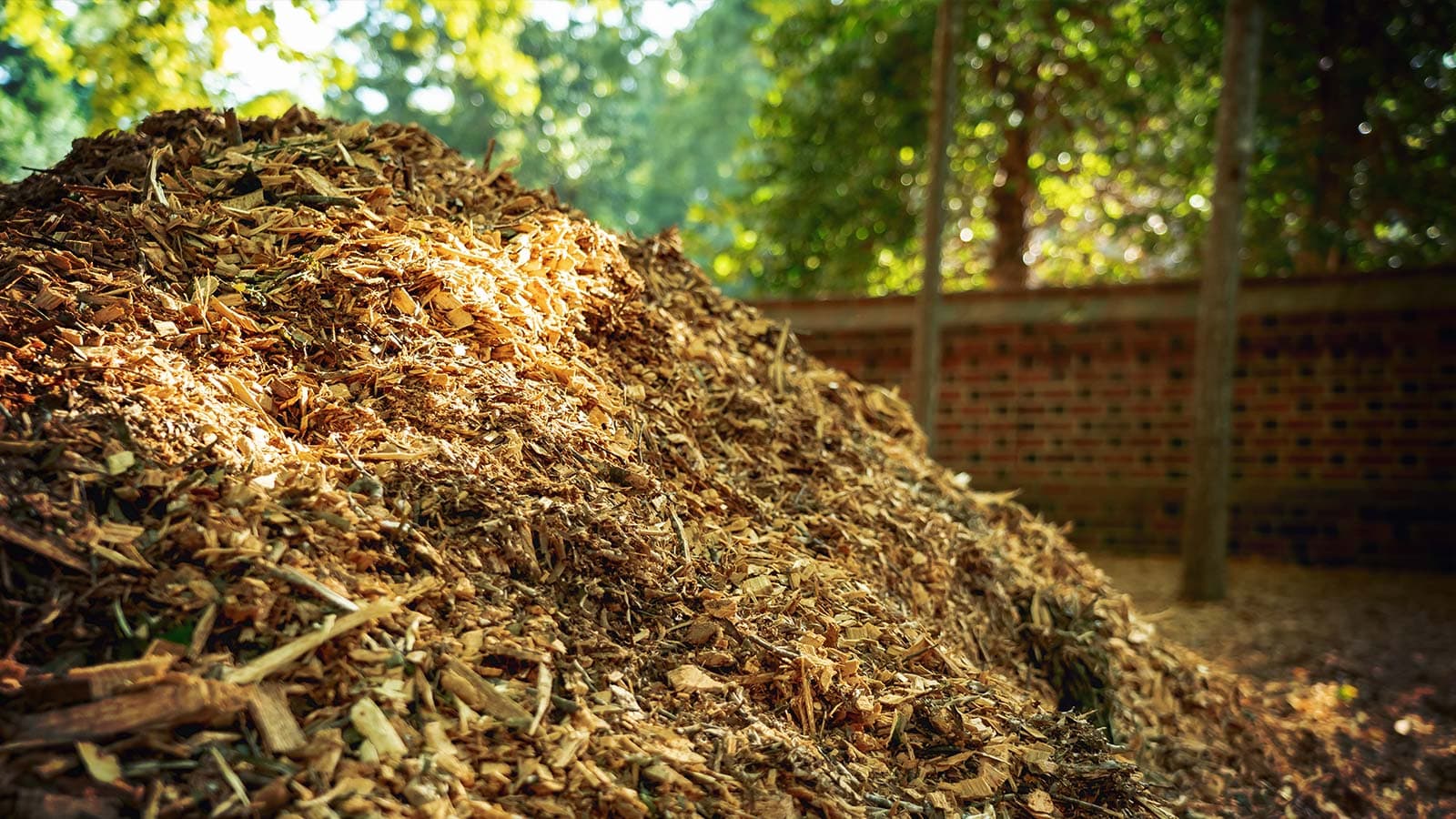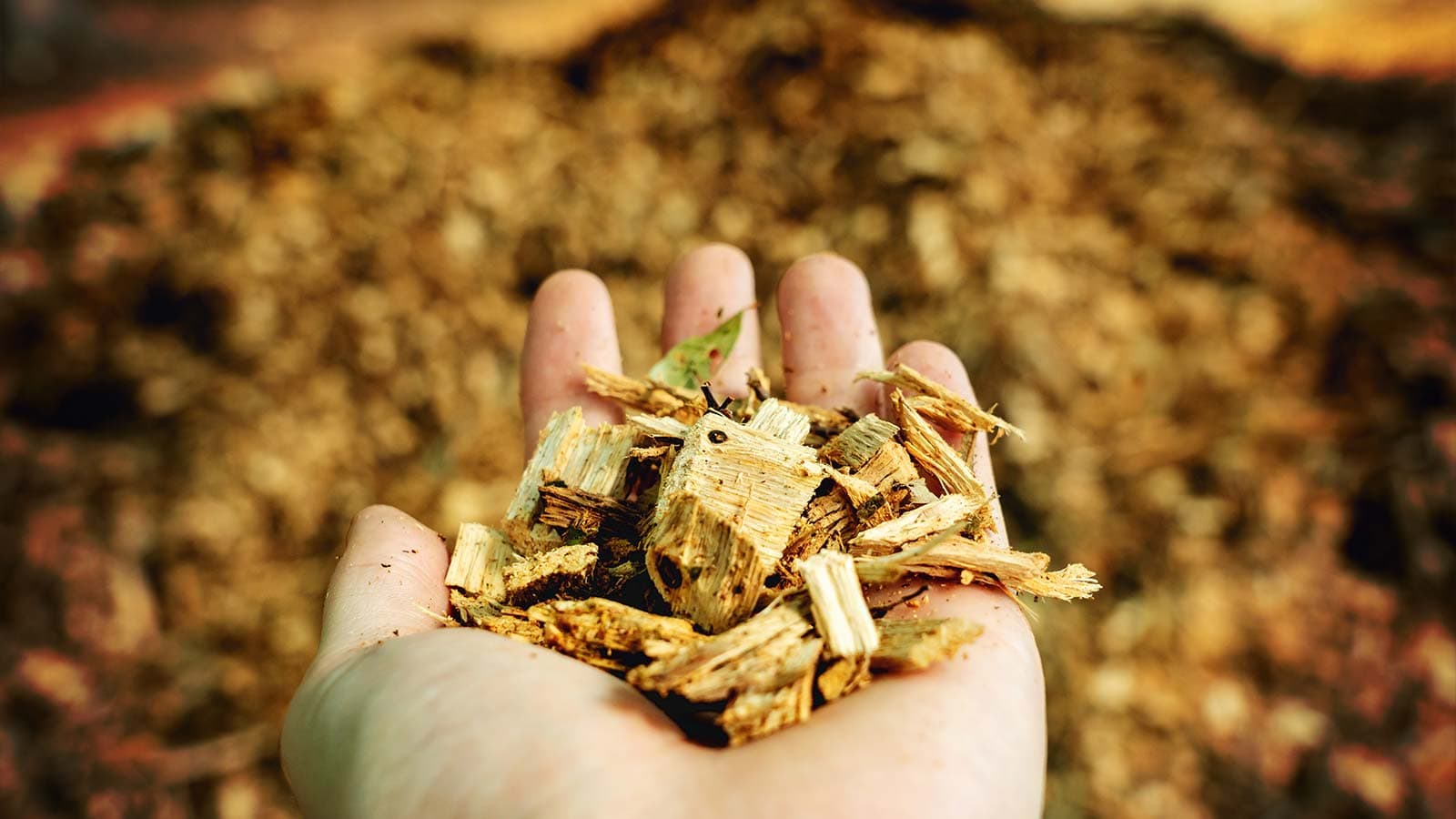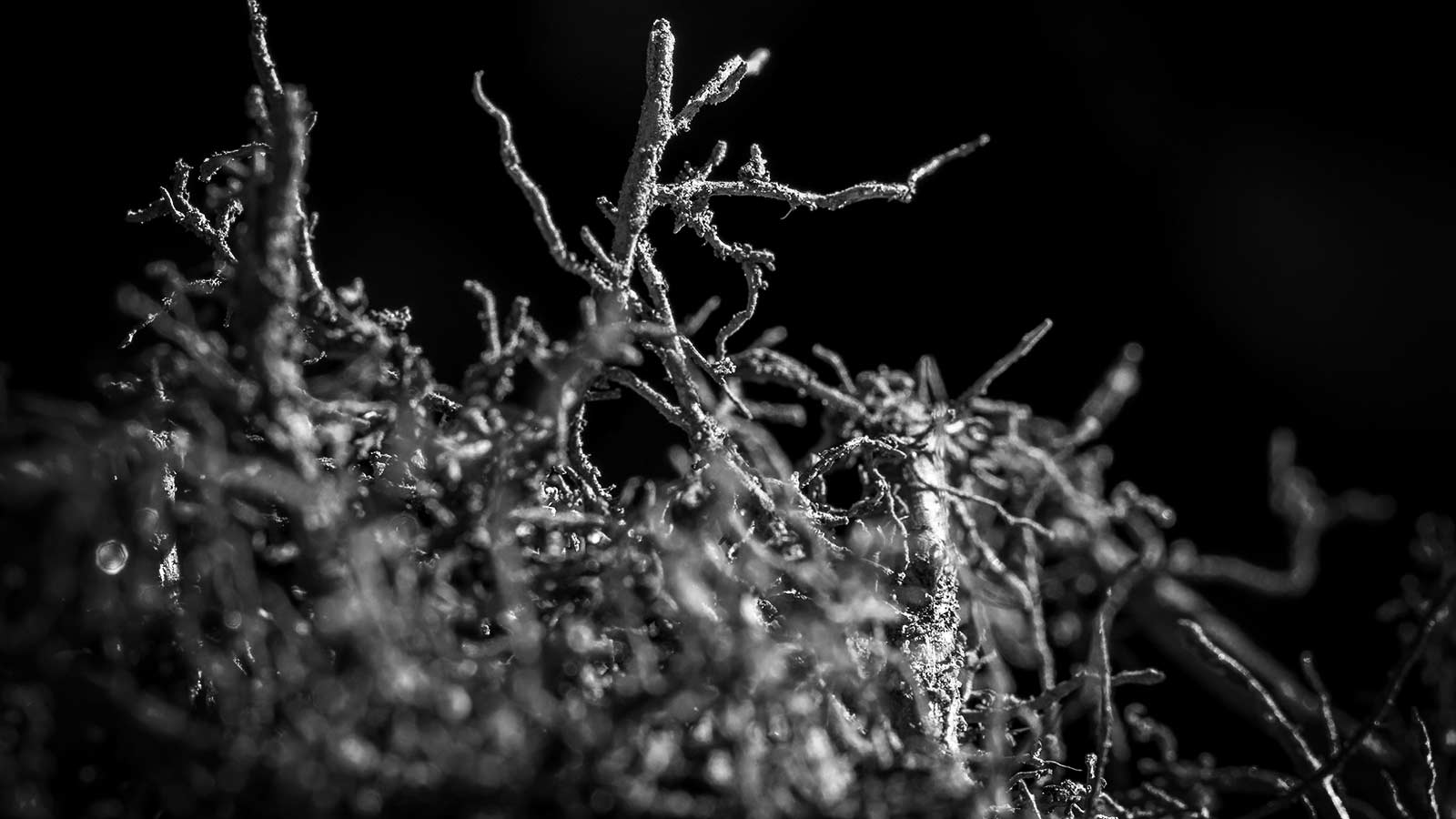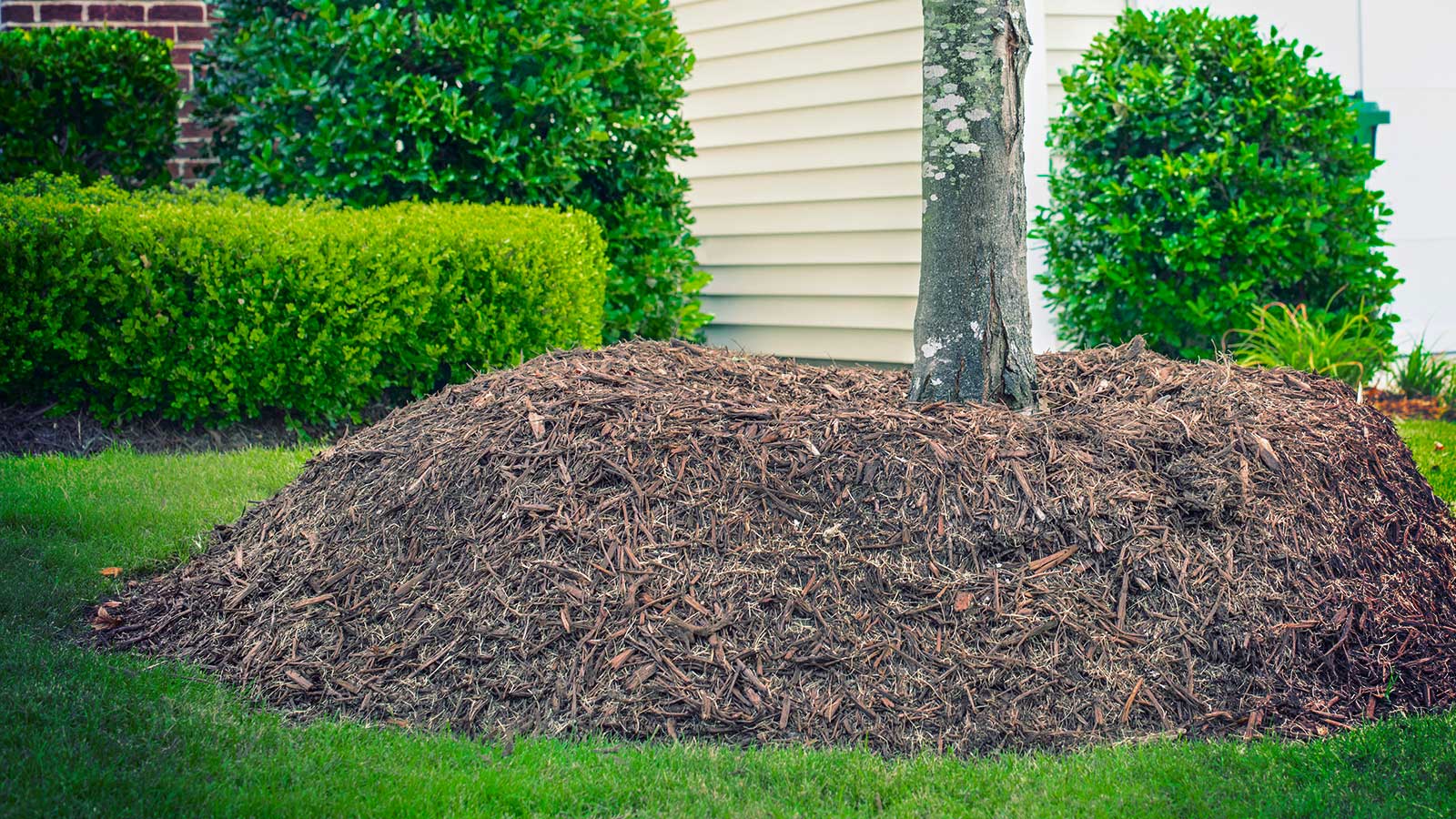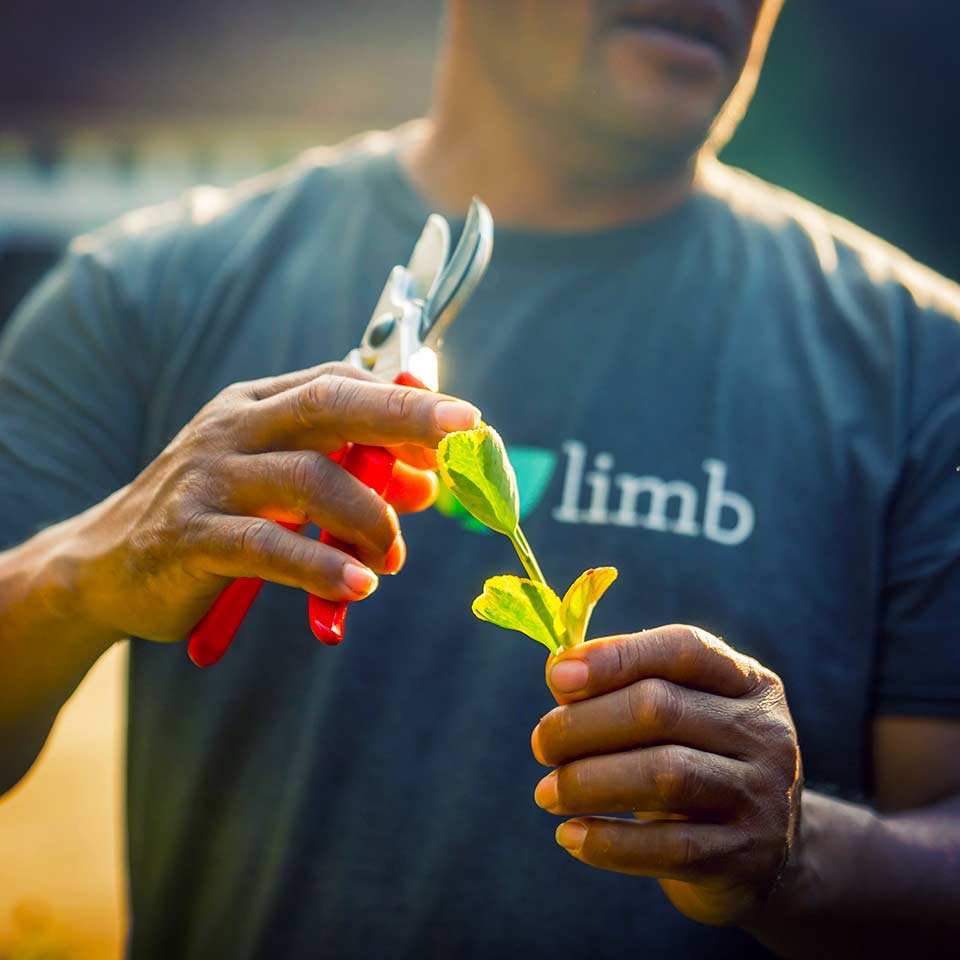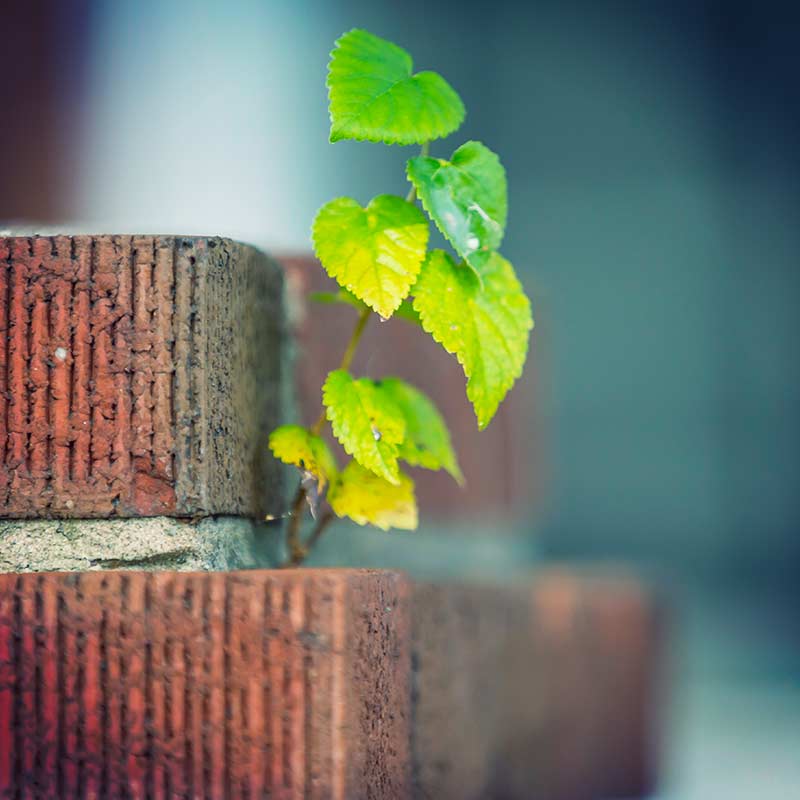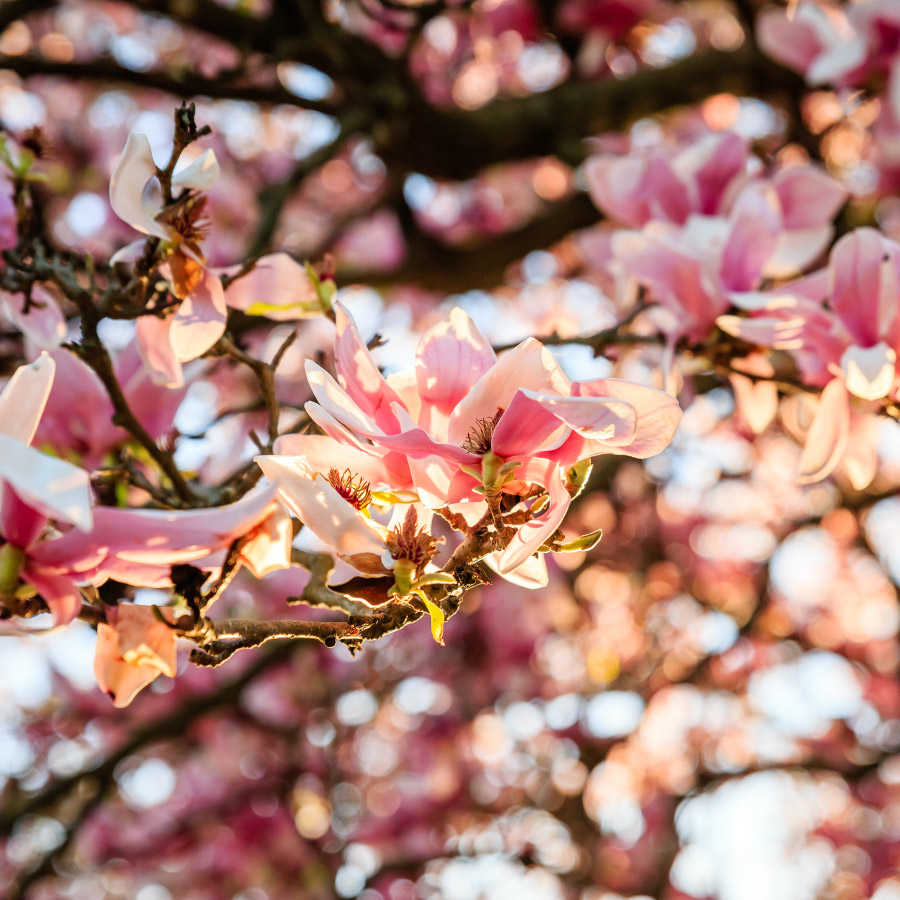Video | How to Structurally Prune a Tree for Strength
One of the most effective ways to maintain the long-term health of your trees is structural pruning.
One of the most effective ways to maintain the long-term health of your trees is structural pruning. Today we will not only answer: what is structural pruning? But we will climb a tree and prune it together.
Hi, I'm Greyson. Unlike forest trees, urban trees need more care to maintain their strength. Basically, this means we carefully remove parts of the tree. This will encourage the rest of the tree to grow into a stronger form. After all, trees are strongest when they have a strong central trunk and evenly spaced branches. So today, we will be working with this beautiful young red oak. Let's talk about our goals. First, we would like to establish a strong singular trunk. Right now, there are at least two. We will reduce some of these overextended or competing limbs on the sides of the canopy that will later grow into overextended and weighty branches. And then lastly, we will work to establish proper branch spacing. Keeping in mind that we are working toward the long-term structure of this tree in the removal of these branches. So let's get started.
Alright, so we have made one cut outside of the branch collar. Let's focus on our next cut. We will go ahead and start reducing this leader. So we can cut down to one strong, central trunk in this tree. We'll utilize our three-cut method. Where by we will cut to avoid the ripping of tissue. We will come on the other side and do our top cut to relieve the weight of the branch. Alright, no ripping. Nice! We are actually be taking these down further, so I'm going to remove these. We will continue removing this using the three-cut method. Undercut to avoid ripping, top cut to relieve the weight of the branch. Alright! Now we can make our finishing cut.
And there you have it, a nice clean cut outside of the branch collar where the magic healing tissues are contained. This will now compartmentalize or "heal" over time. If I cut it flush or incorrectly, it would create a hole here and create a weakness in the top of the tree over time.
So now, I have established a strong central trunk by removing the two competing leaders. Now we will move on to goal number two, which is to reduce some overextended or competing limbs. This is one of the limbs I was talking about, so I will look at reducing its length so that over time as this limb grows, it does not compete with the top. And so it does not become weighty and increase the risk of failure. So since I have established what we want to cut, we will use the three-cut method and cut it to about here. Here's our undercut, our top cut, and get rid of our stub.
It's also really important to remember not to remove too much live growth at one time. The more leaves that we remove from the tree, the more we inhibit the tree's ability to make food. If we remove too much, we cause the tree stress.
Ok, so now that we have finished our structural prune, here, you can see a before and after. You may notice we have established a strong central trunk, we have reduced some of the overextended and competing limbs, and we have worked to establish proper branch spacing. Essentially we have set this tree up for a long, healthy life.
I hope you have enjoyed a little taste of what it is we do here everyday and the type of care it takes to keep trees healthy and strong. Each tree is precious, so we work hard to give each tree a long and healthy life.
